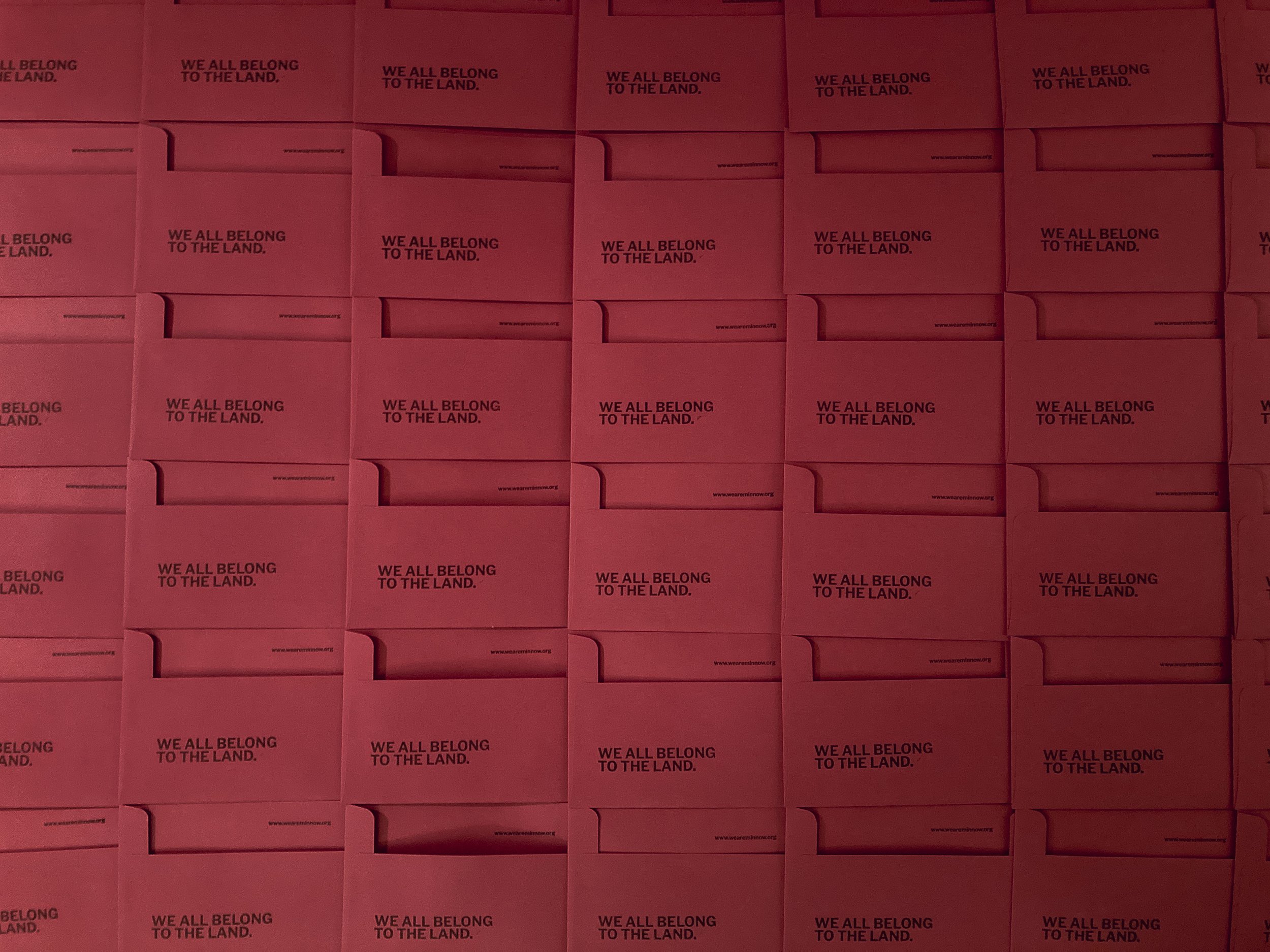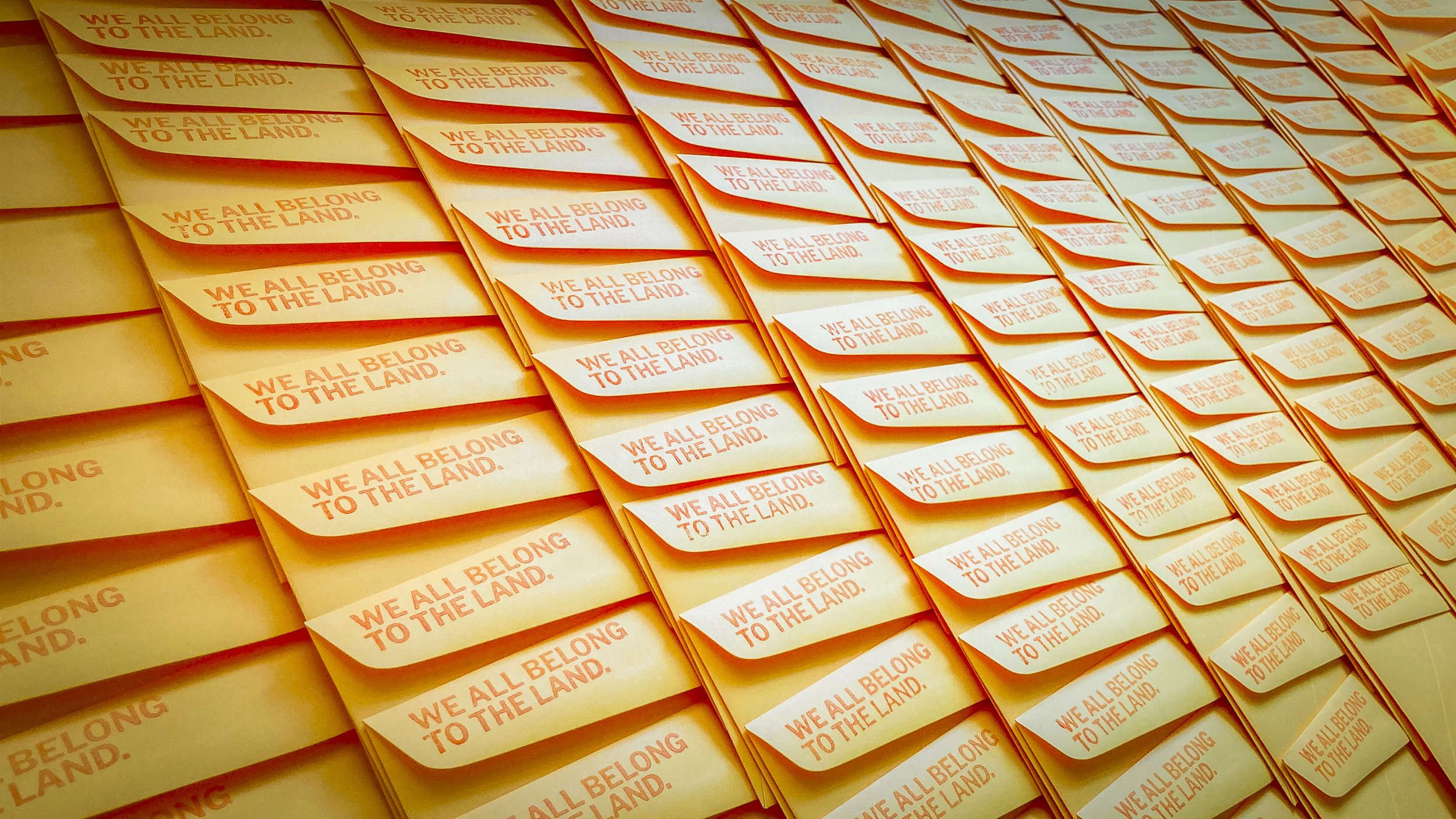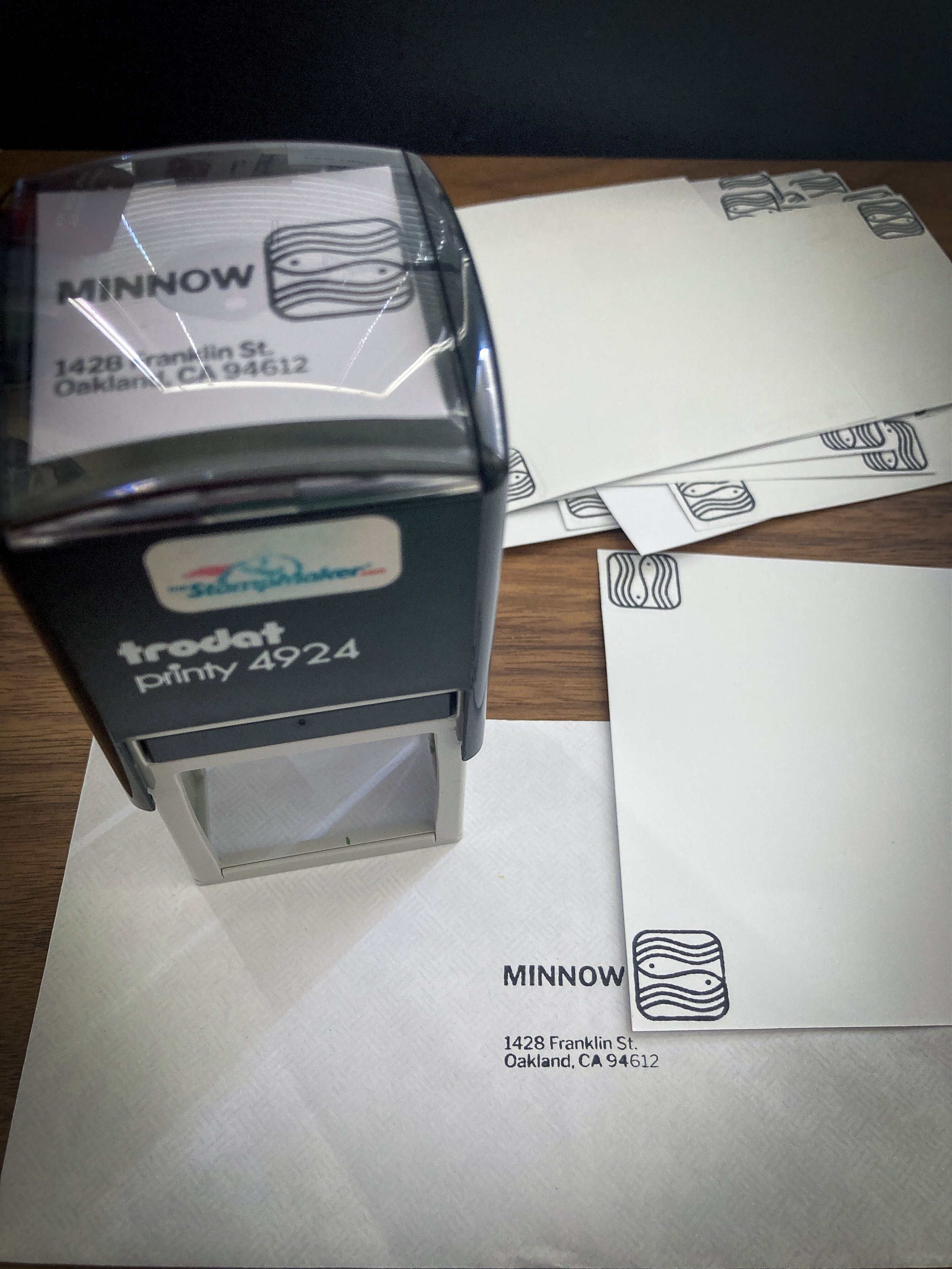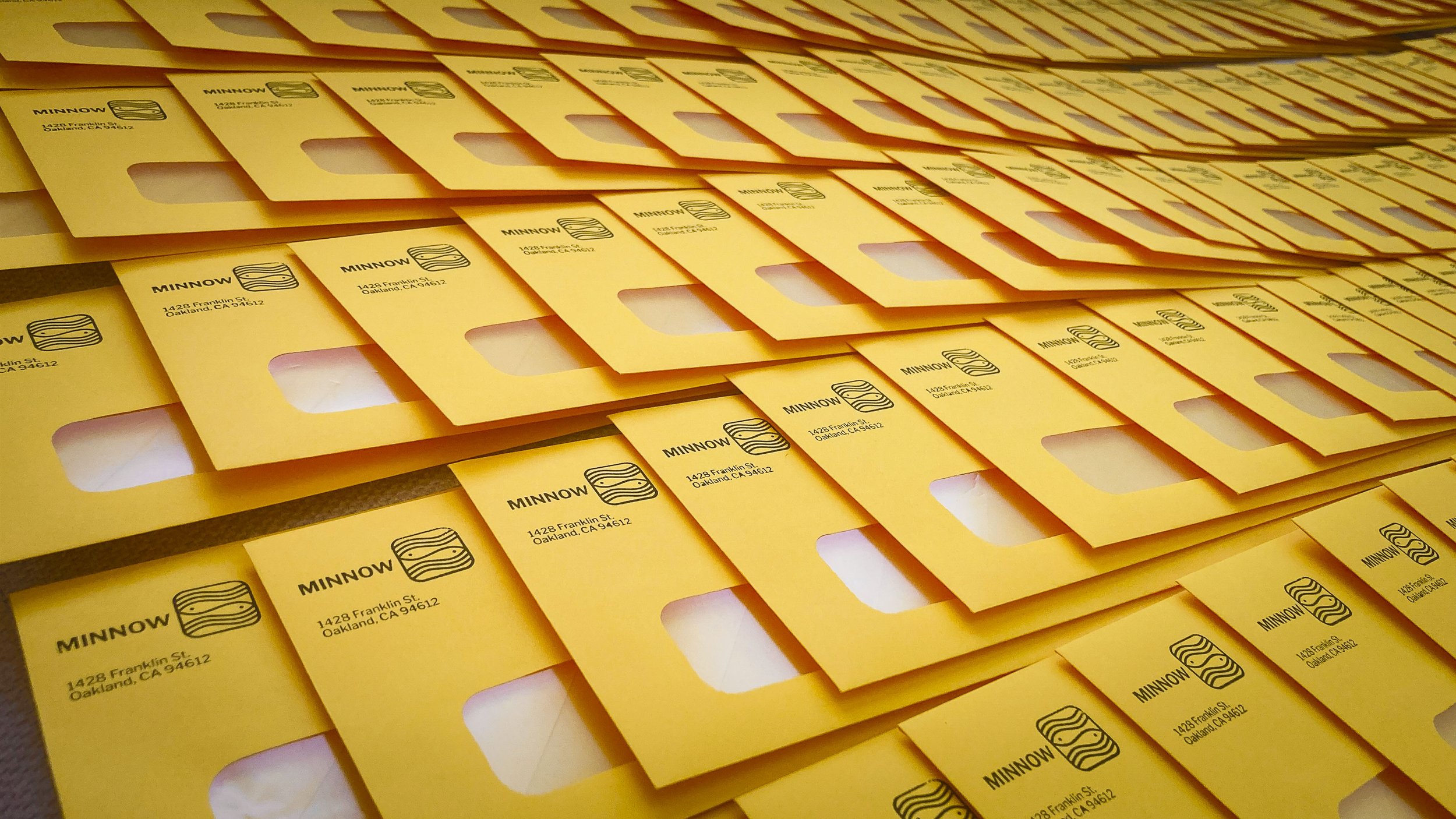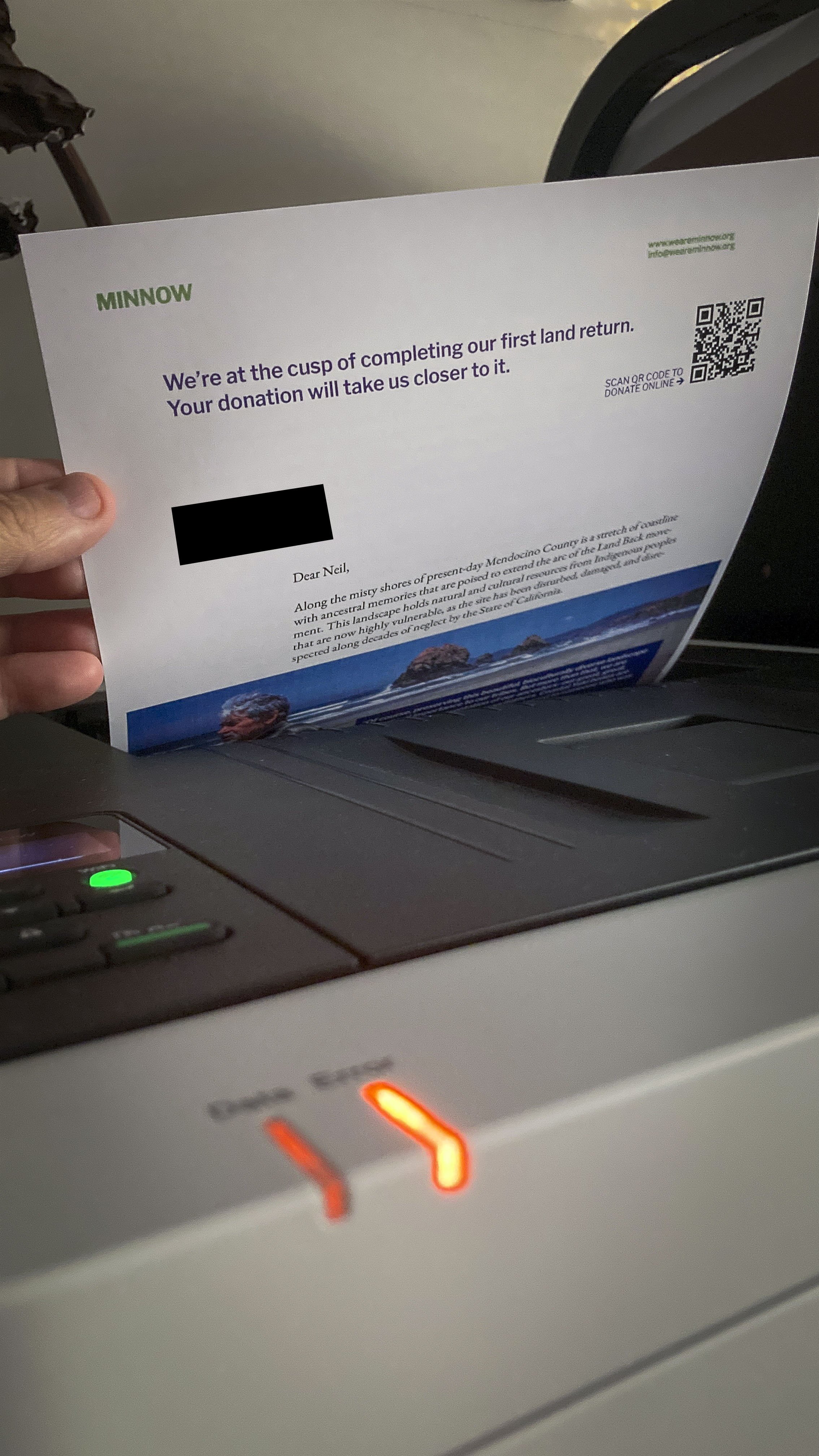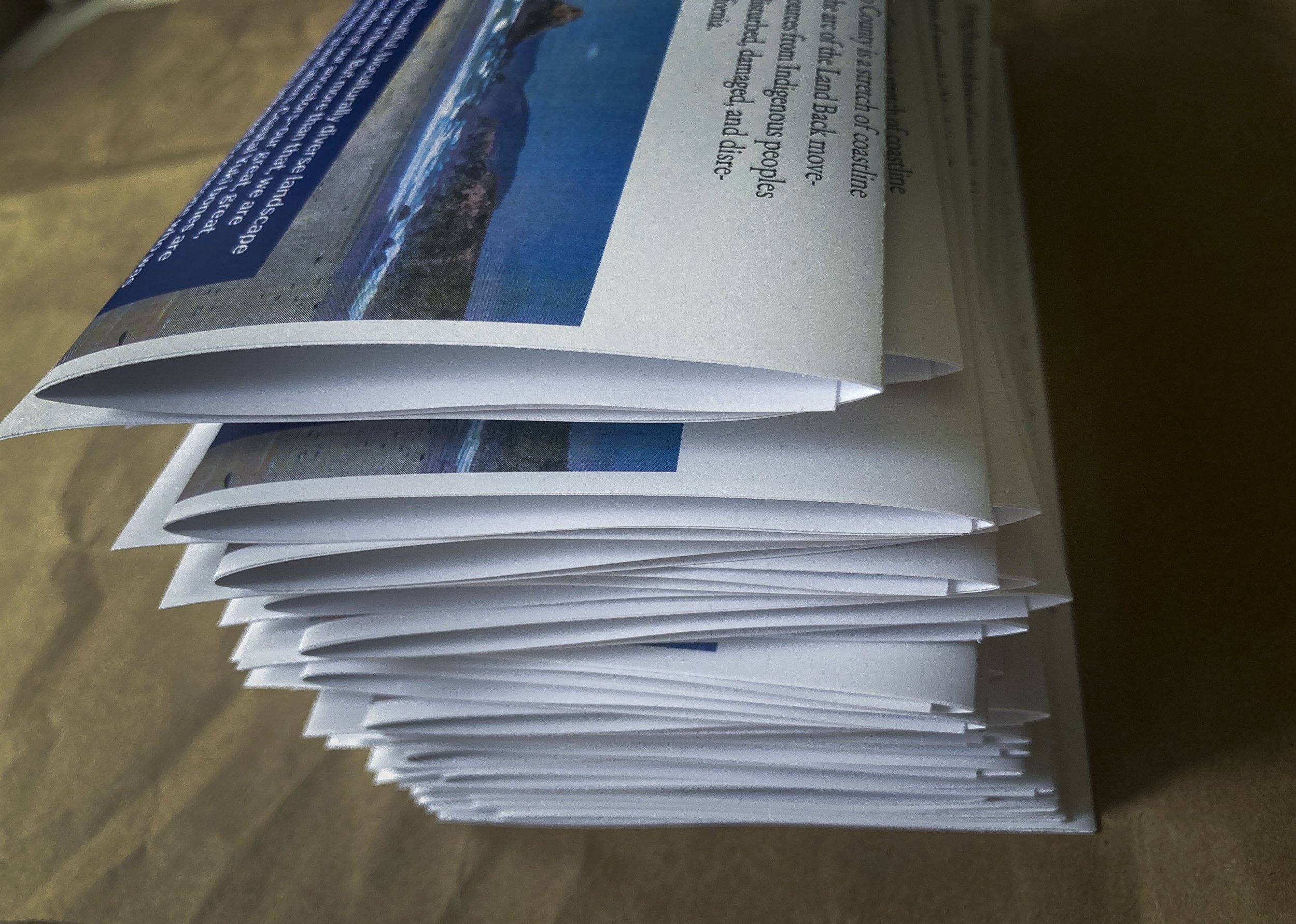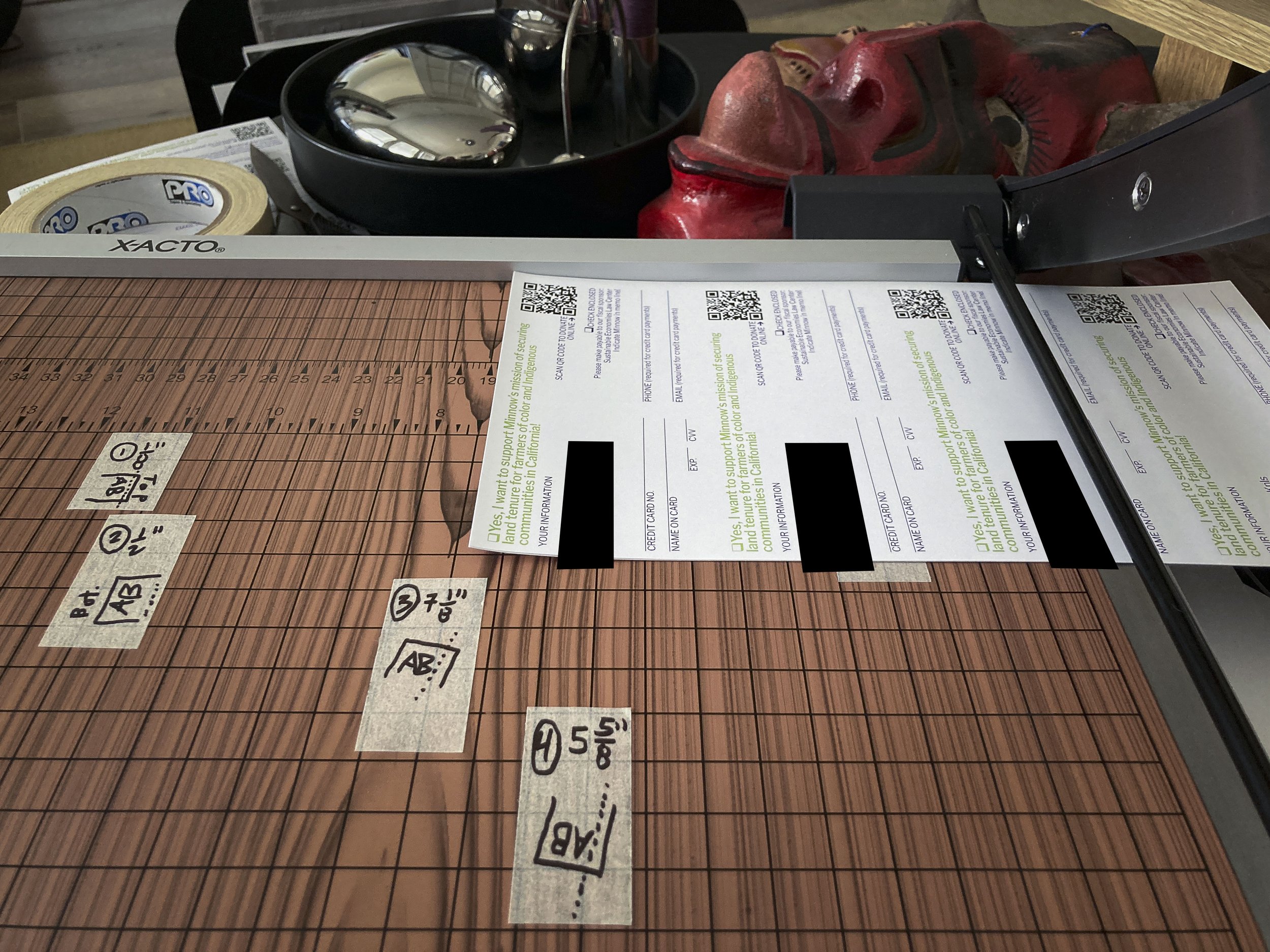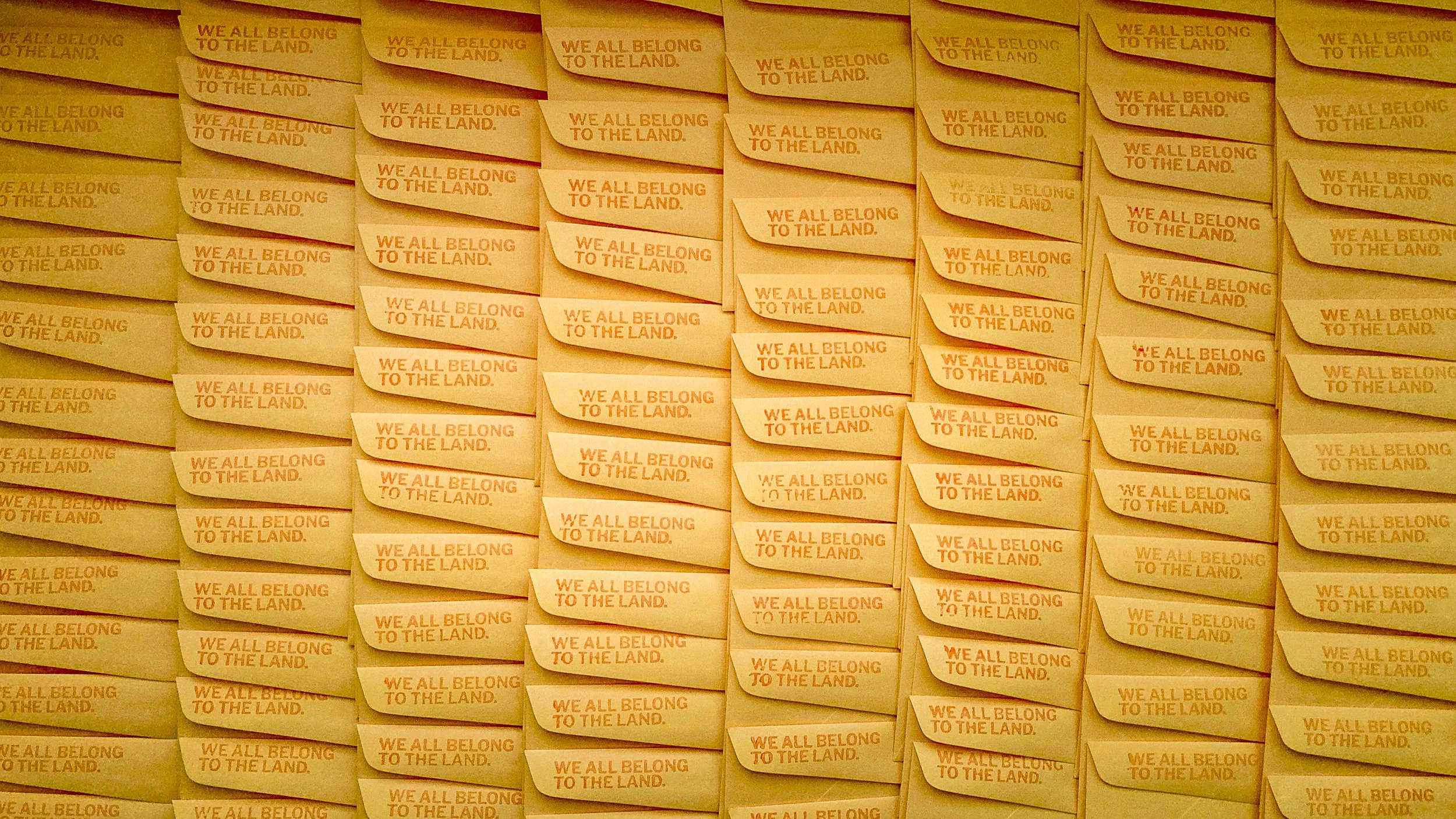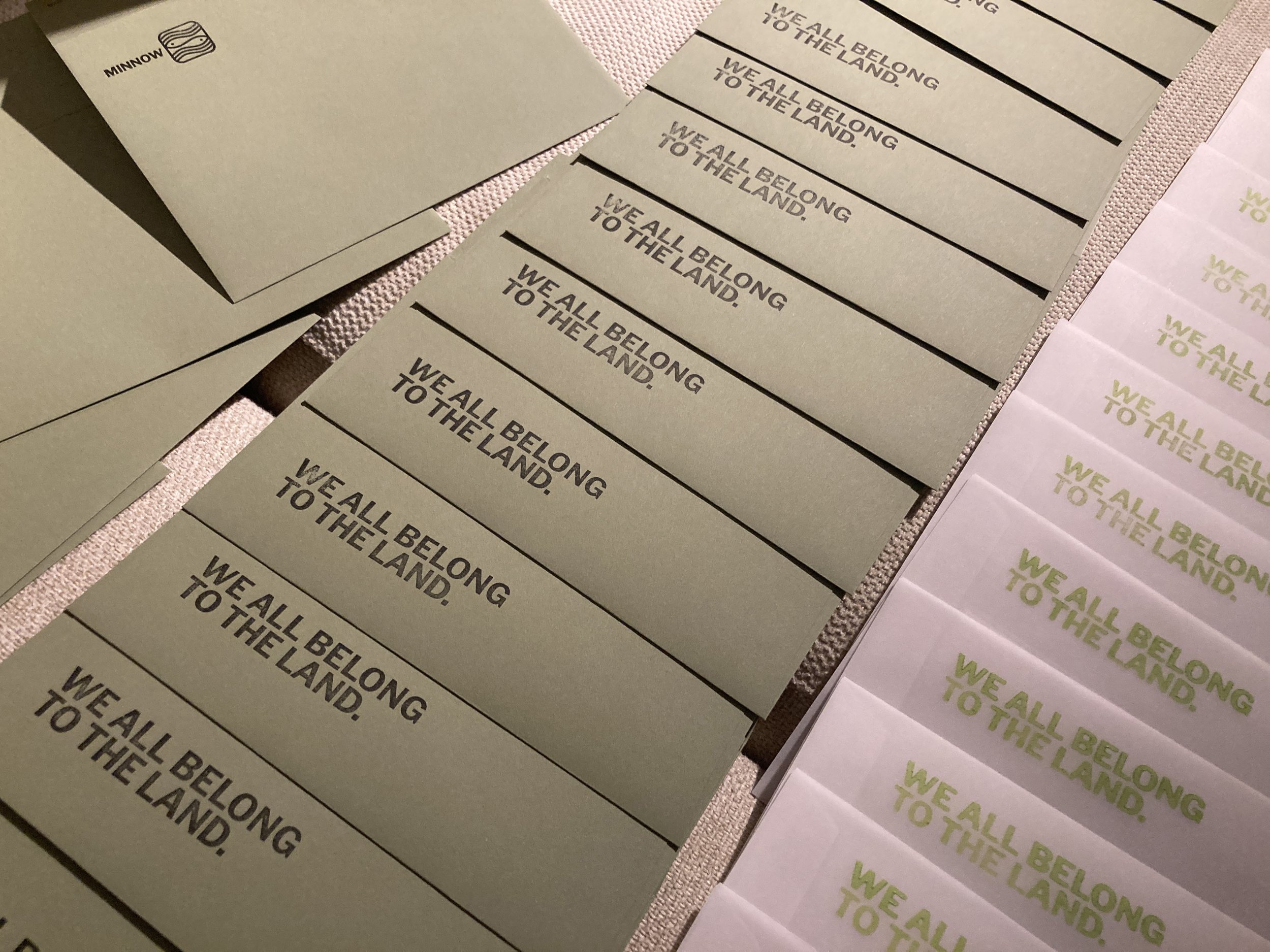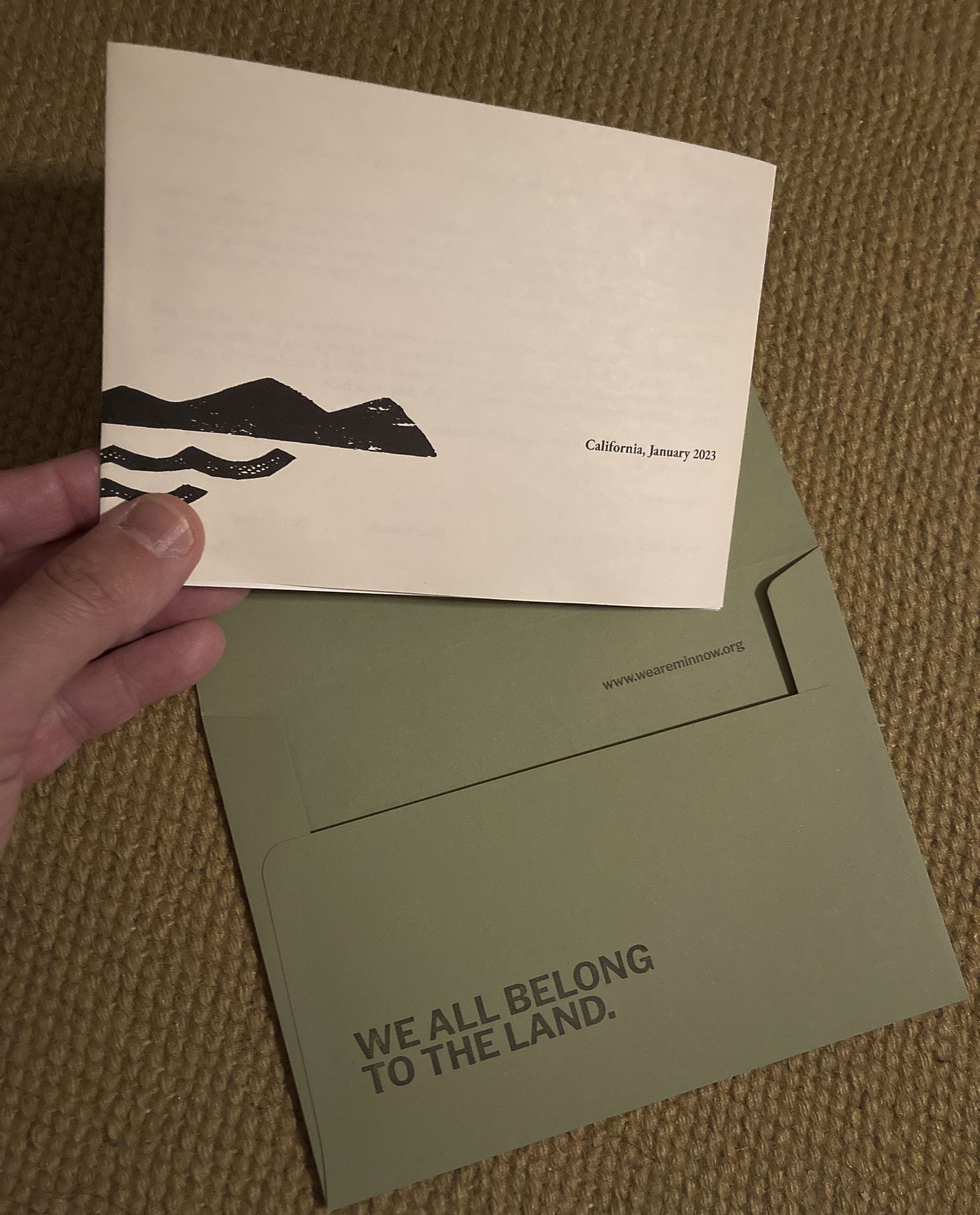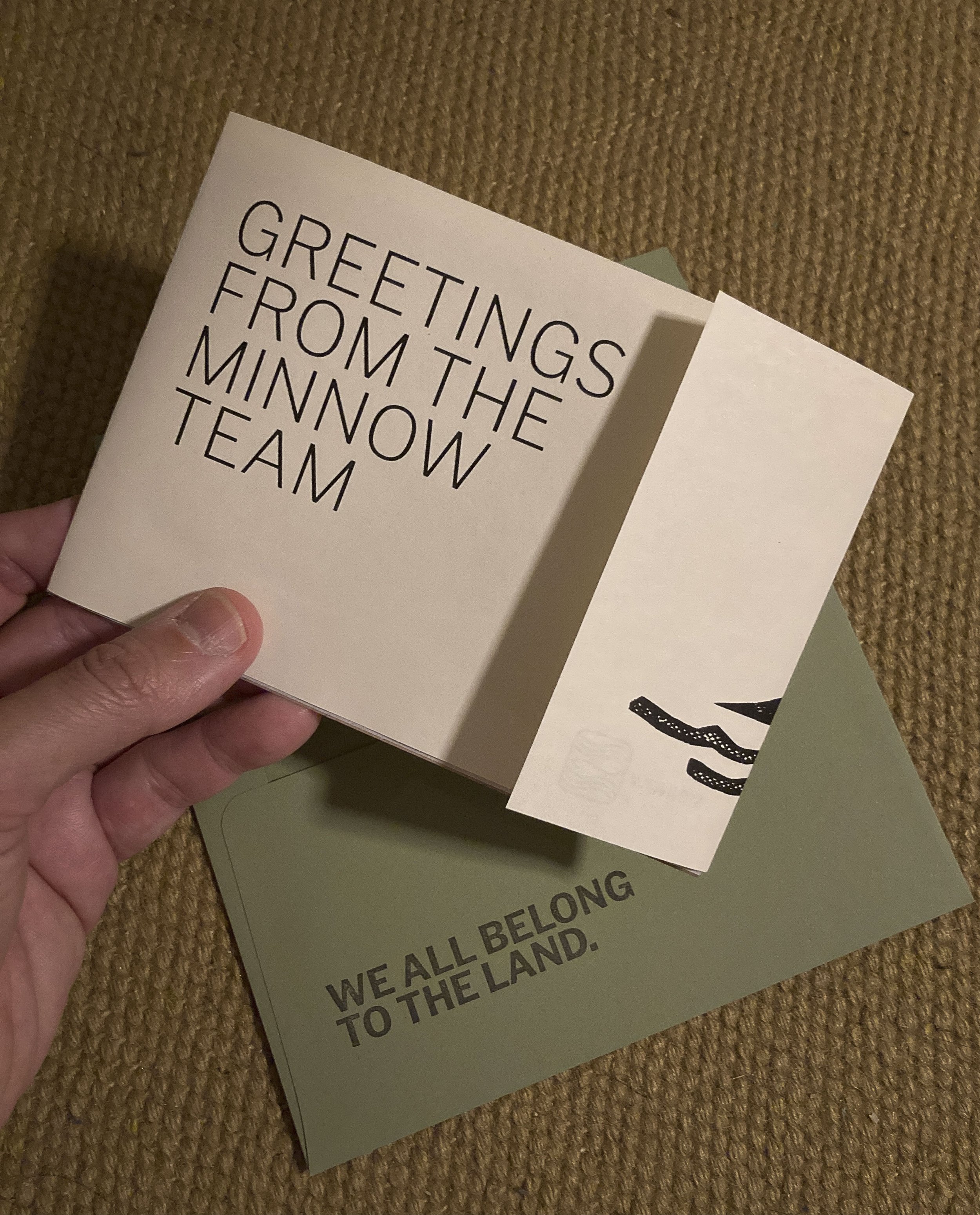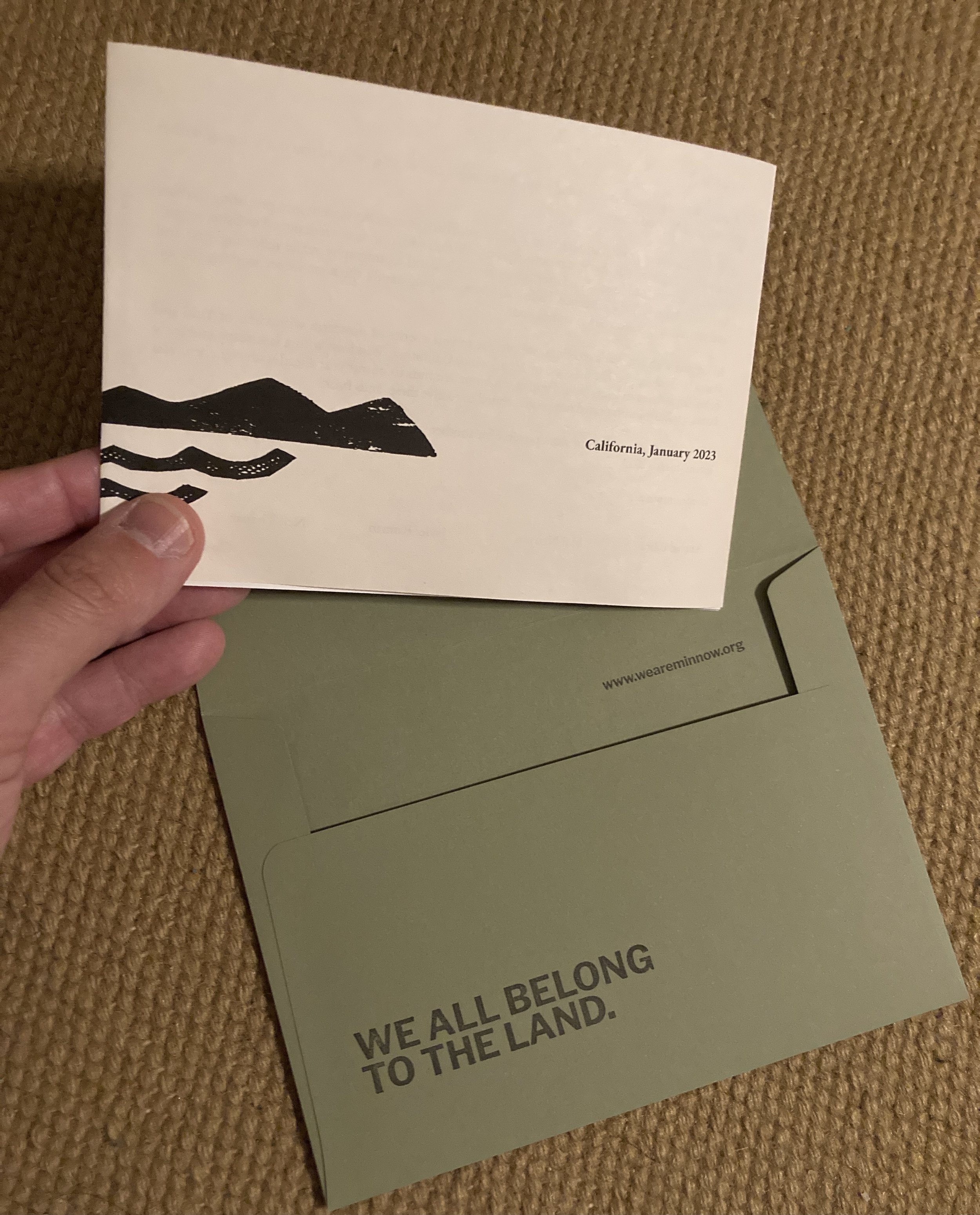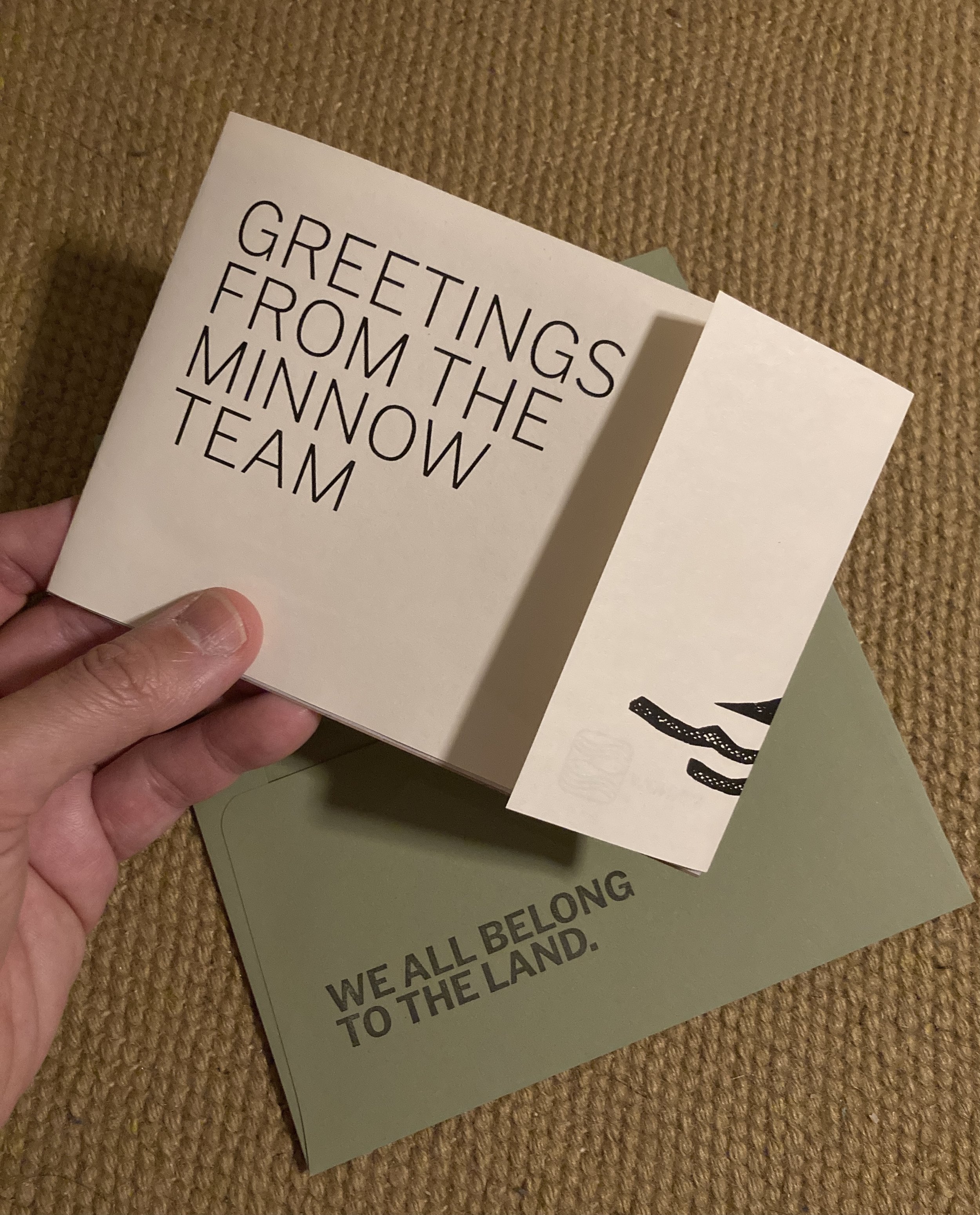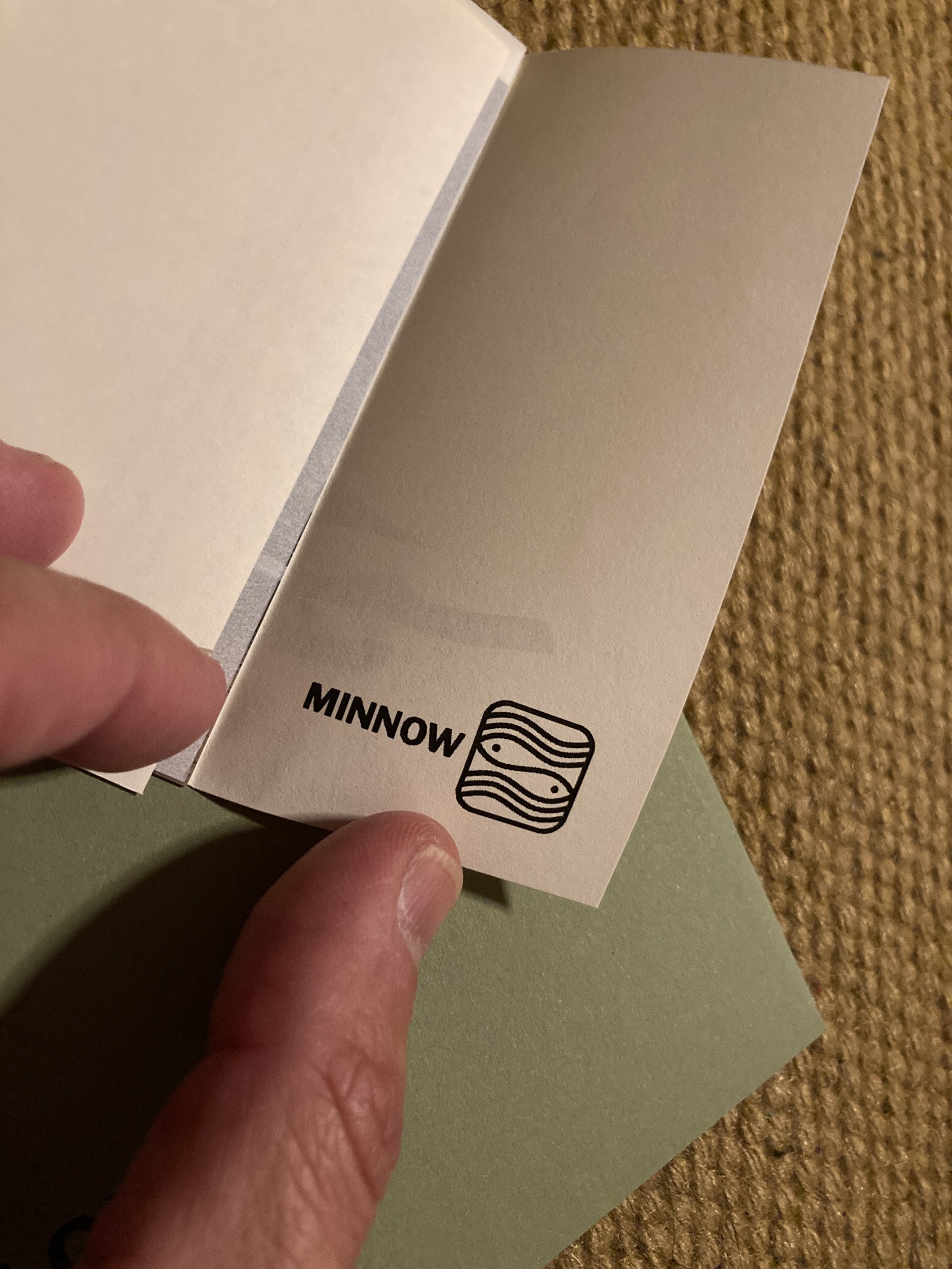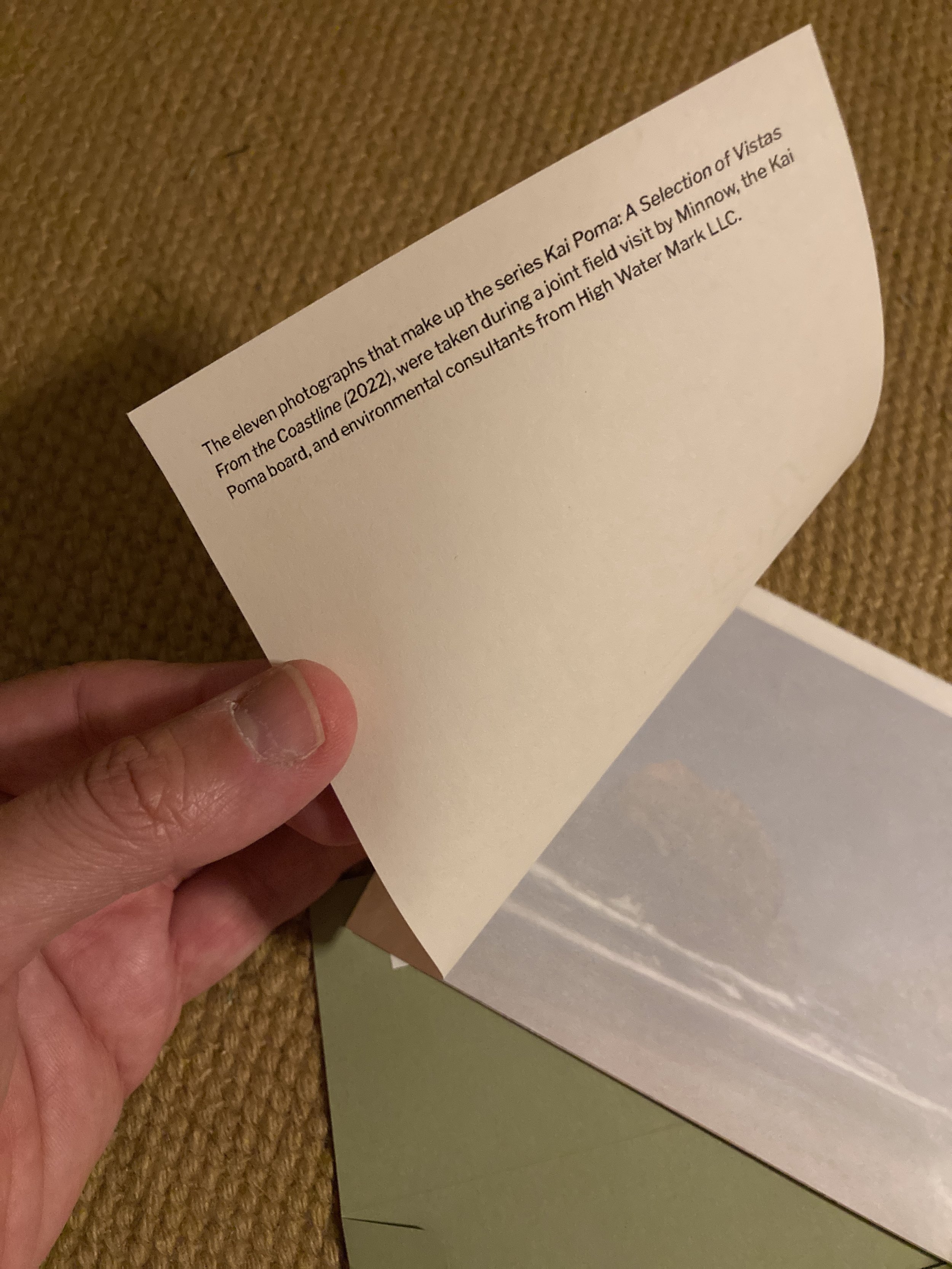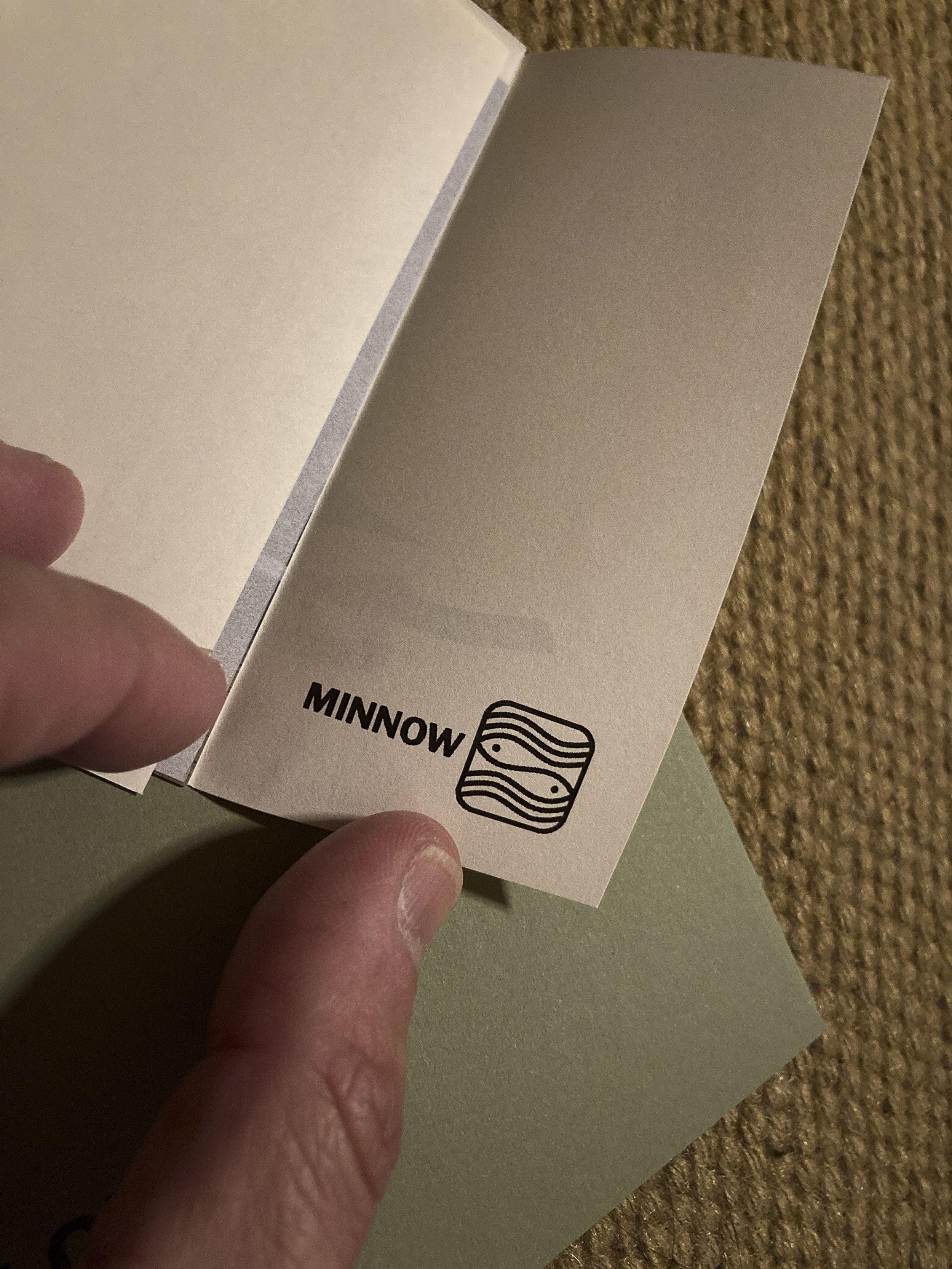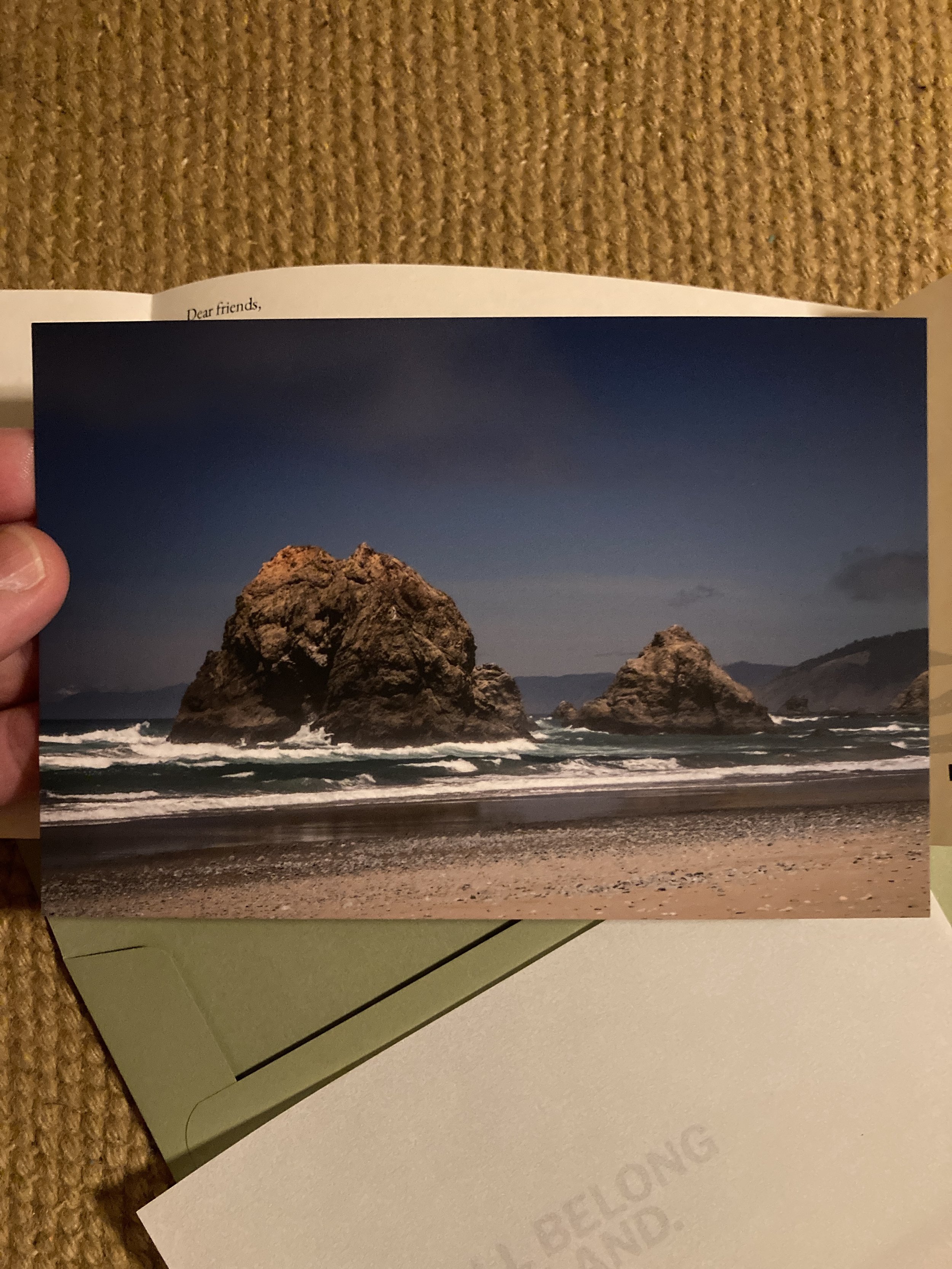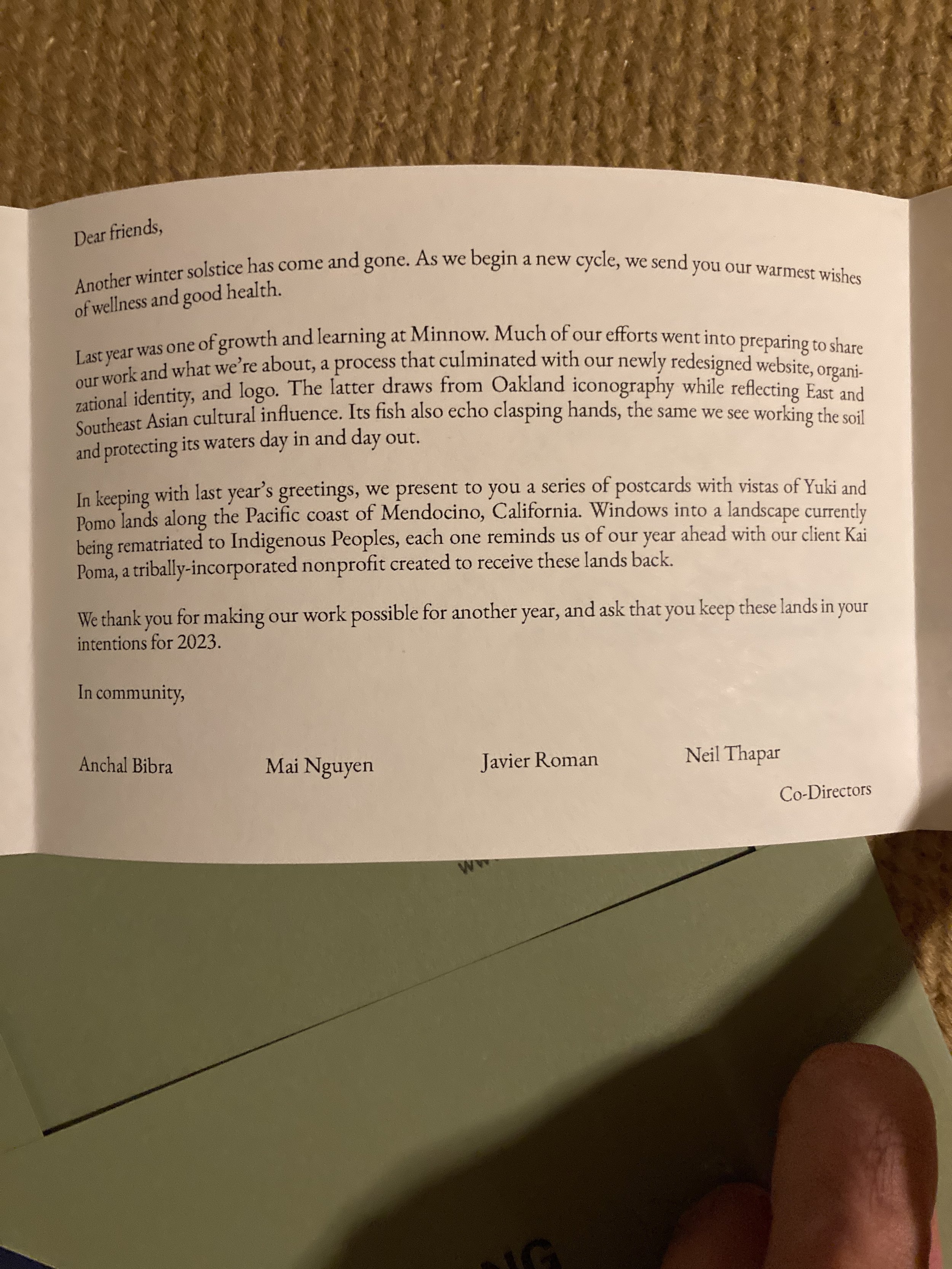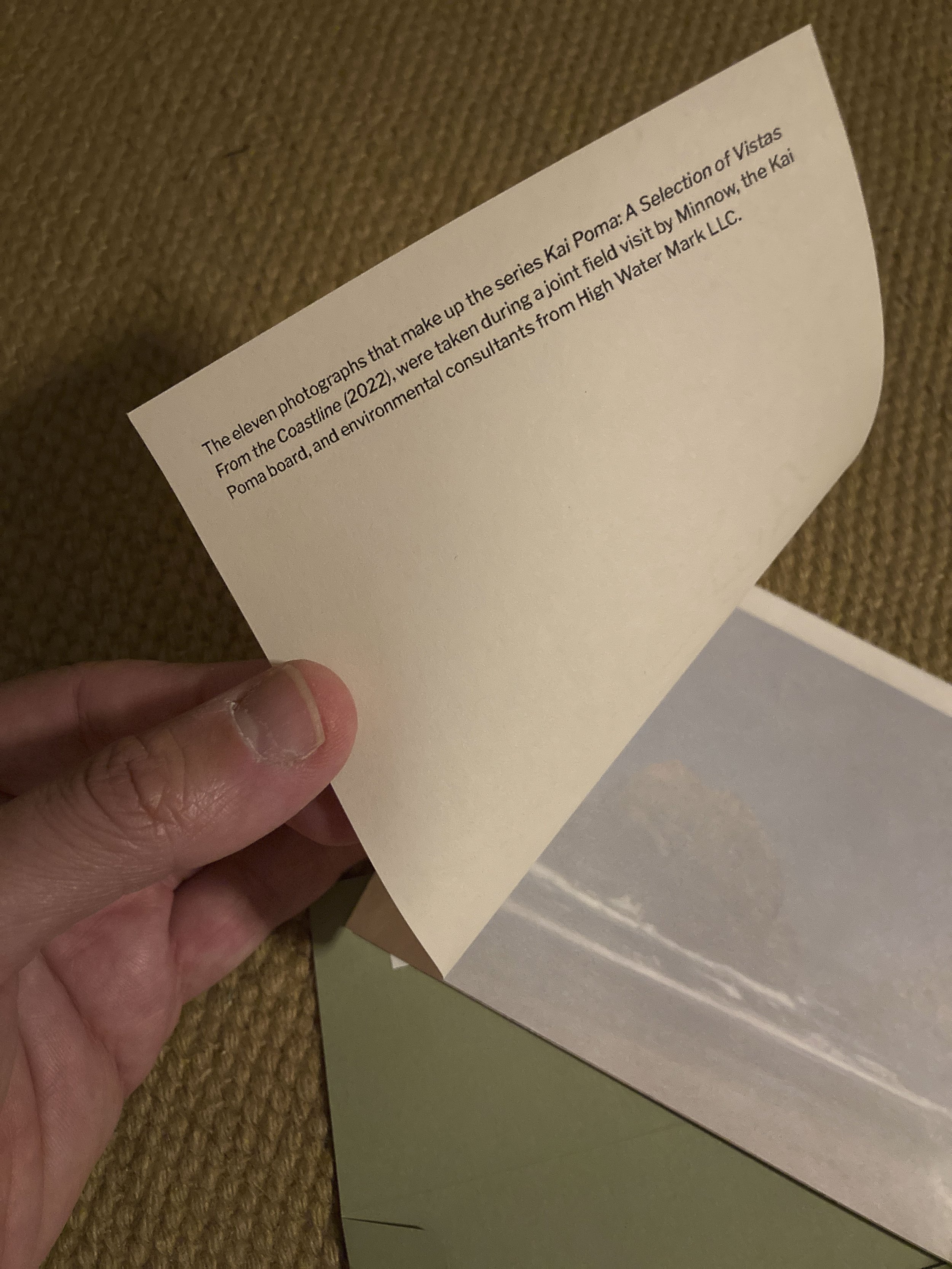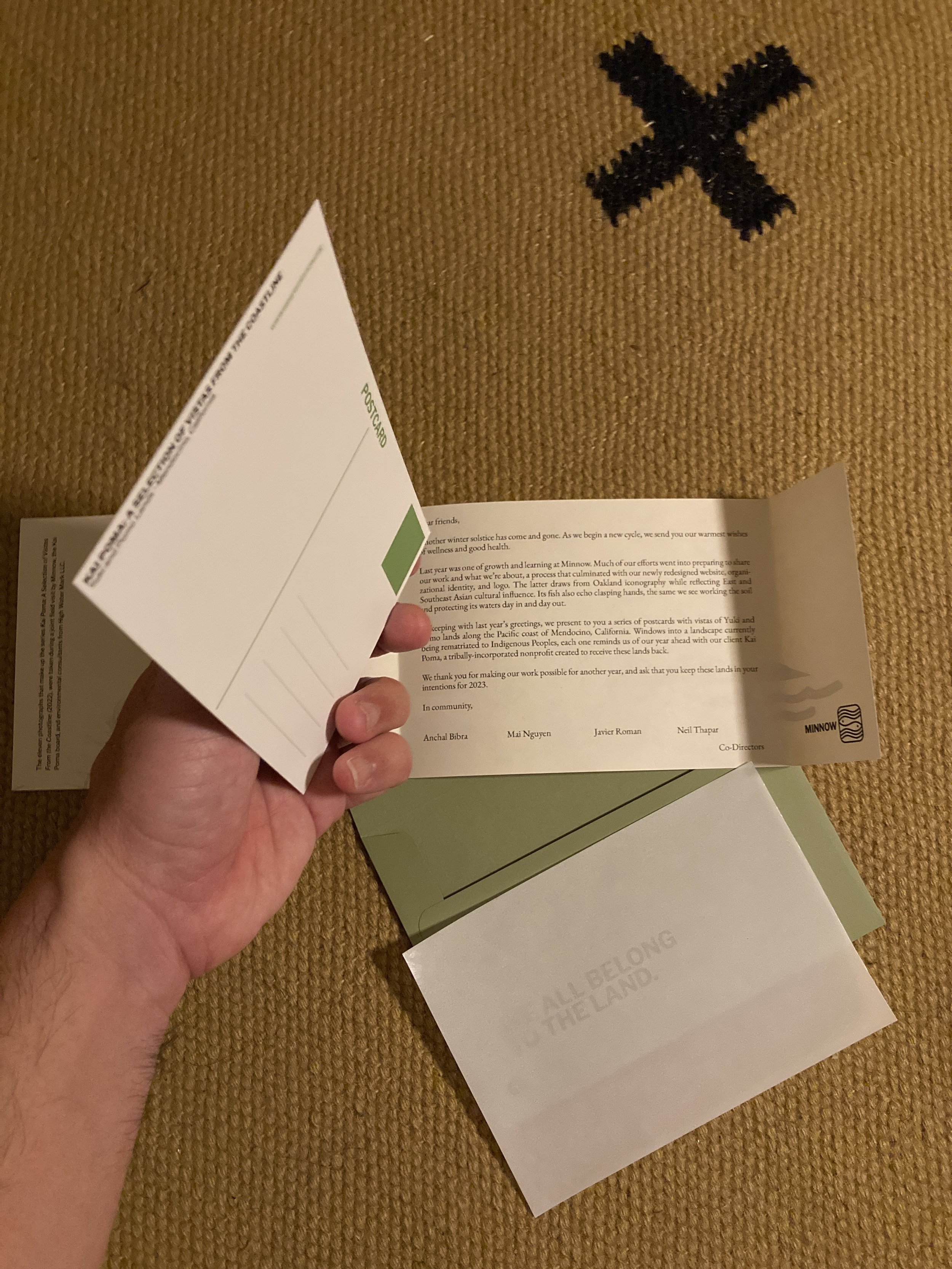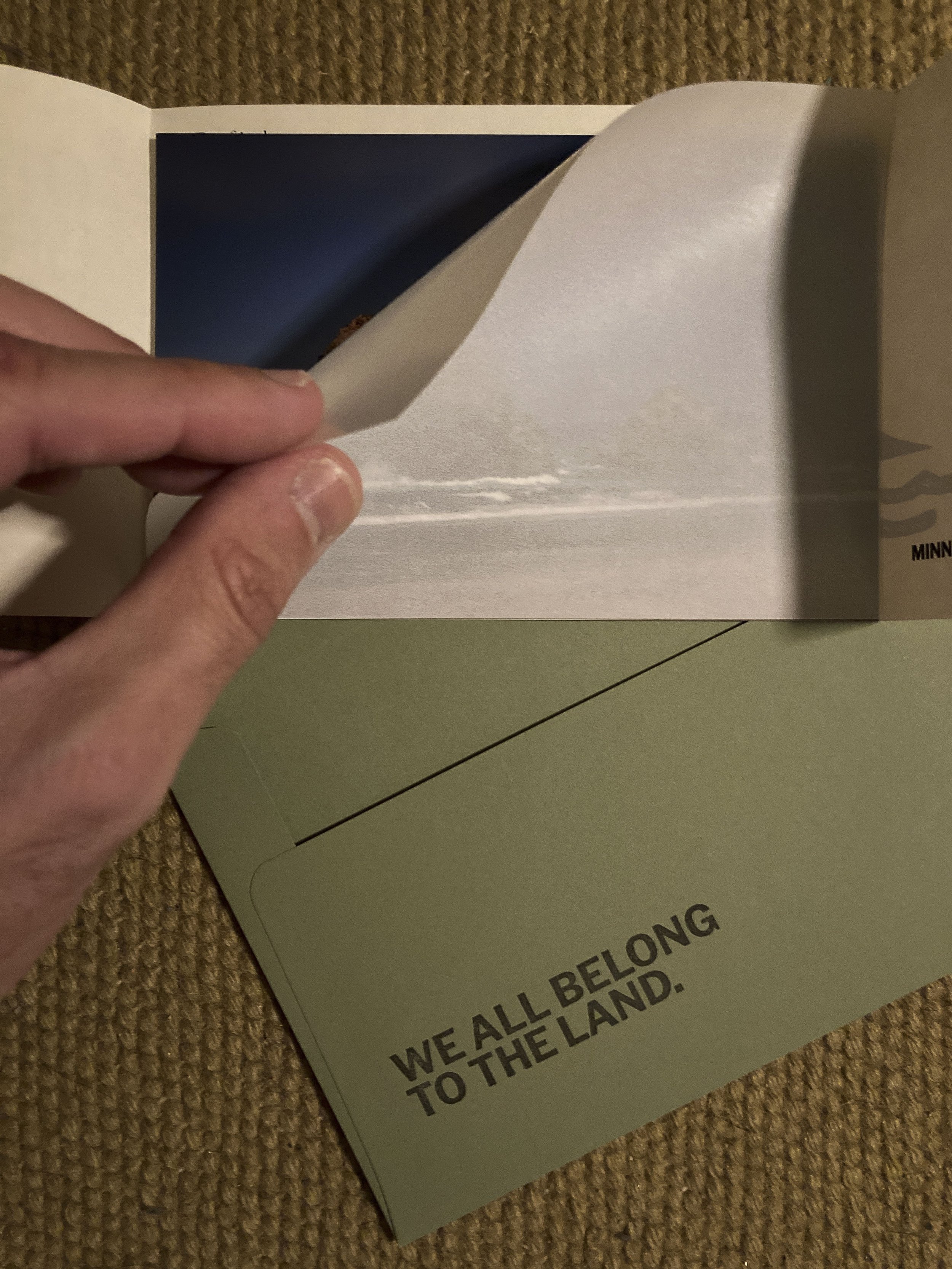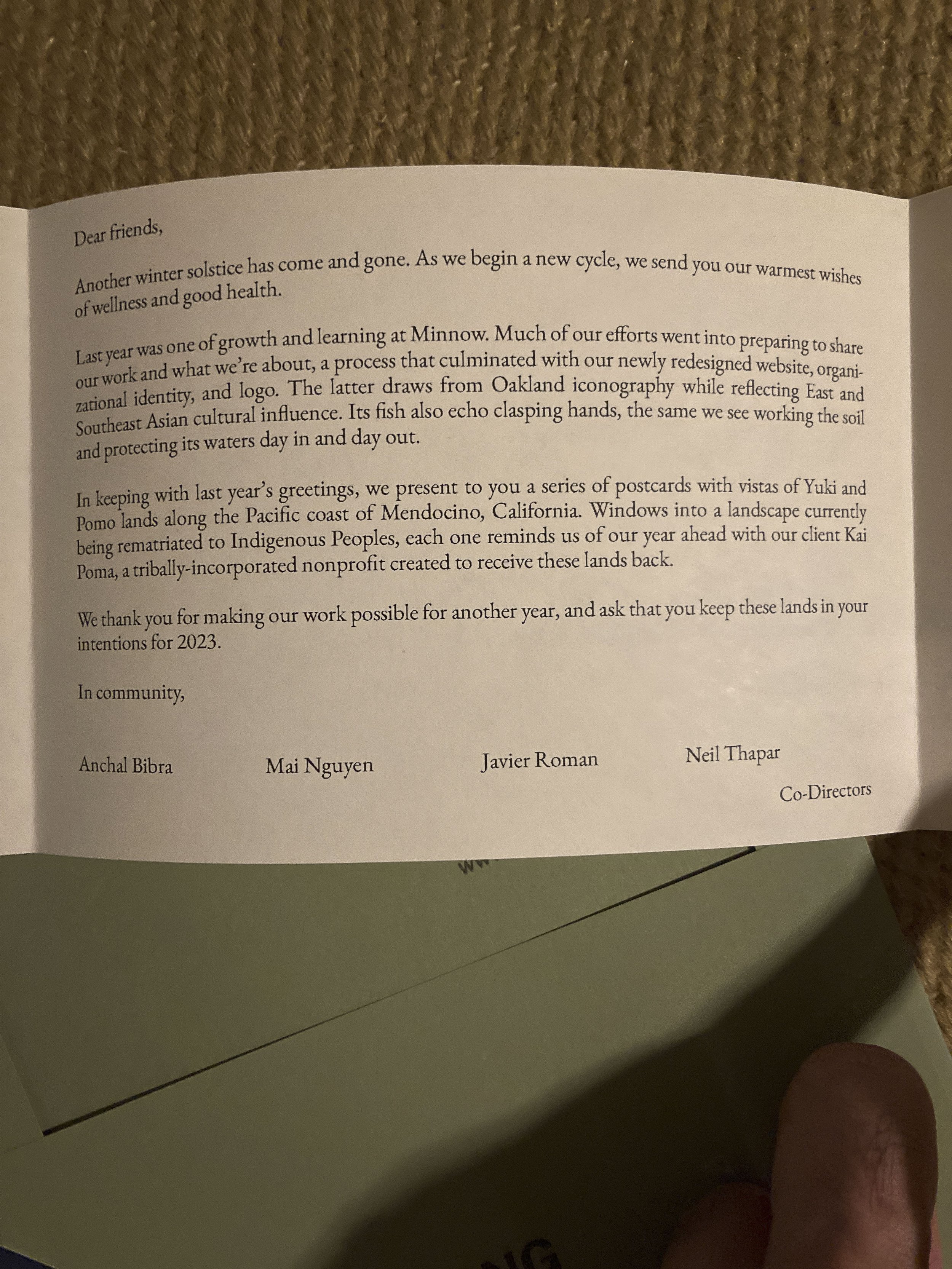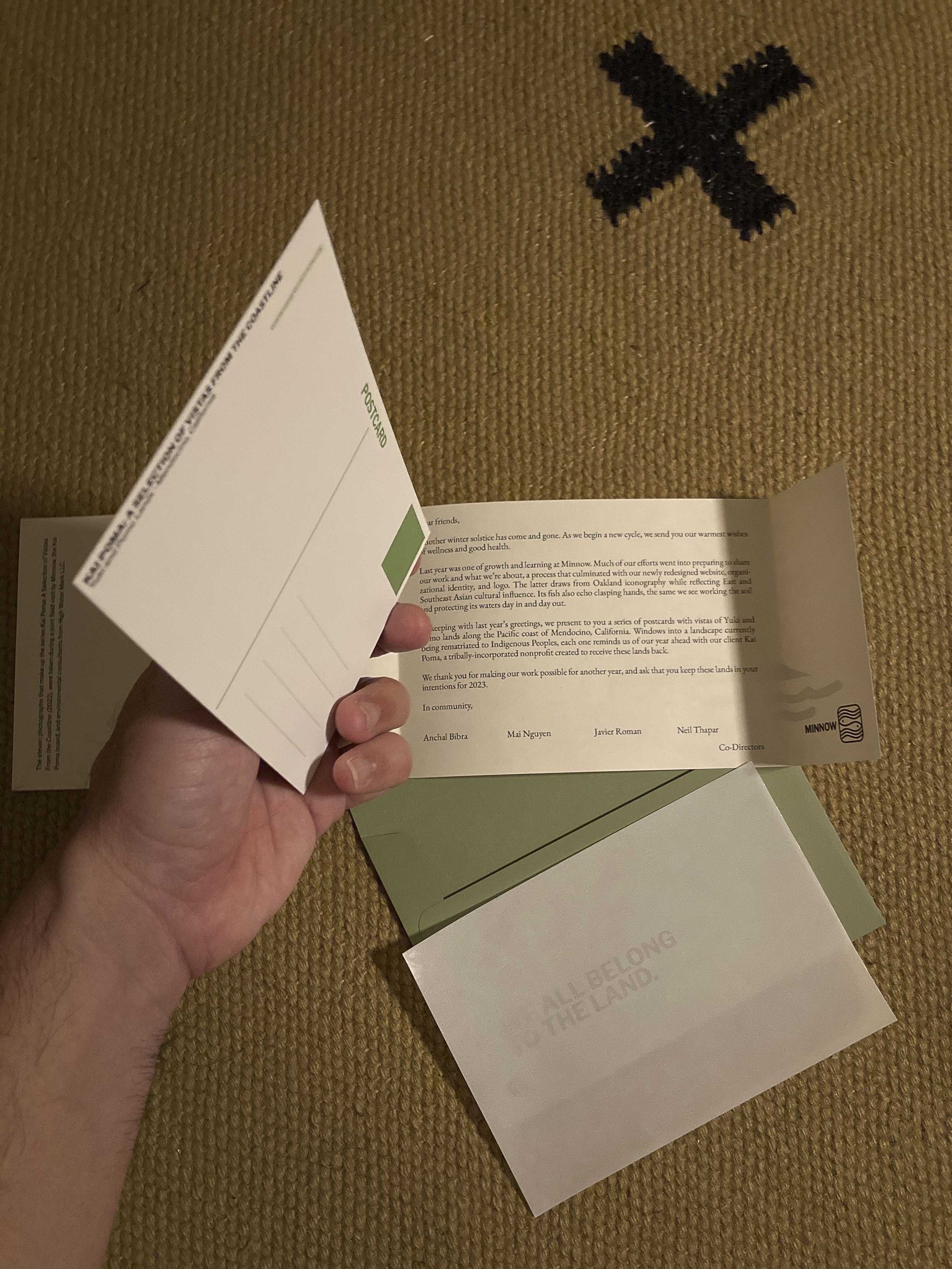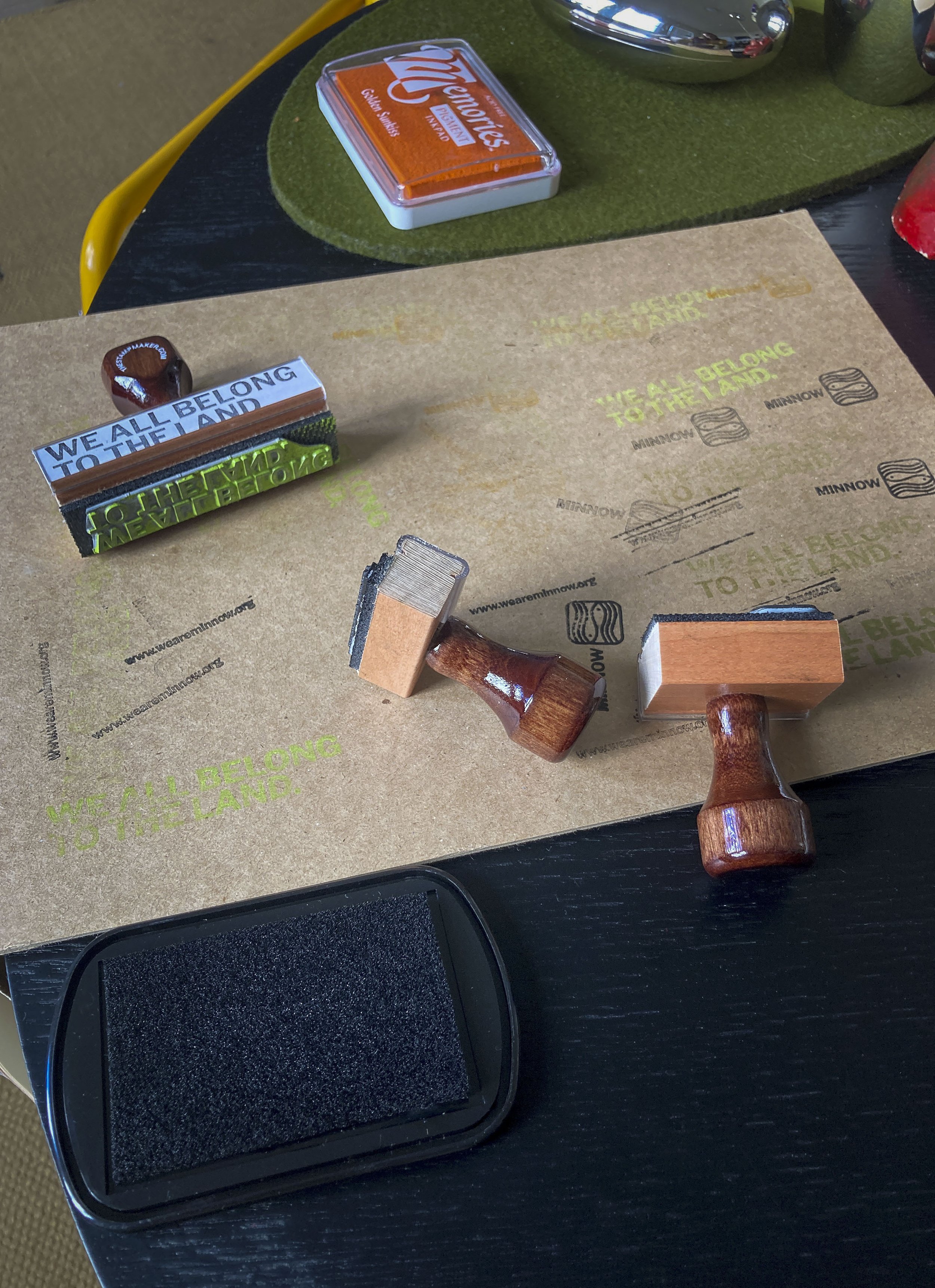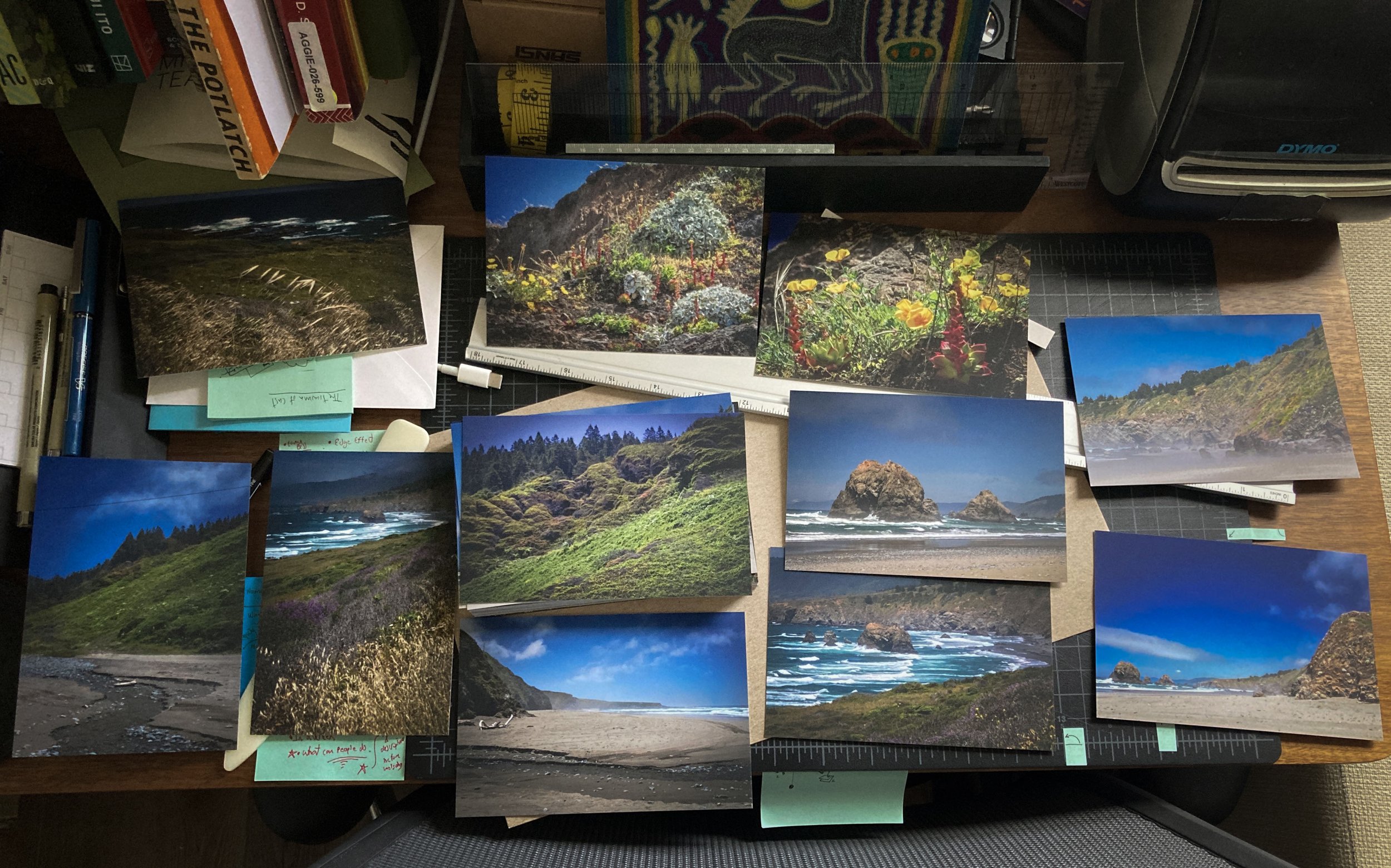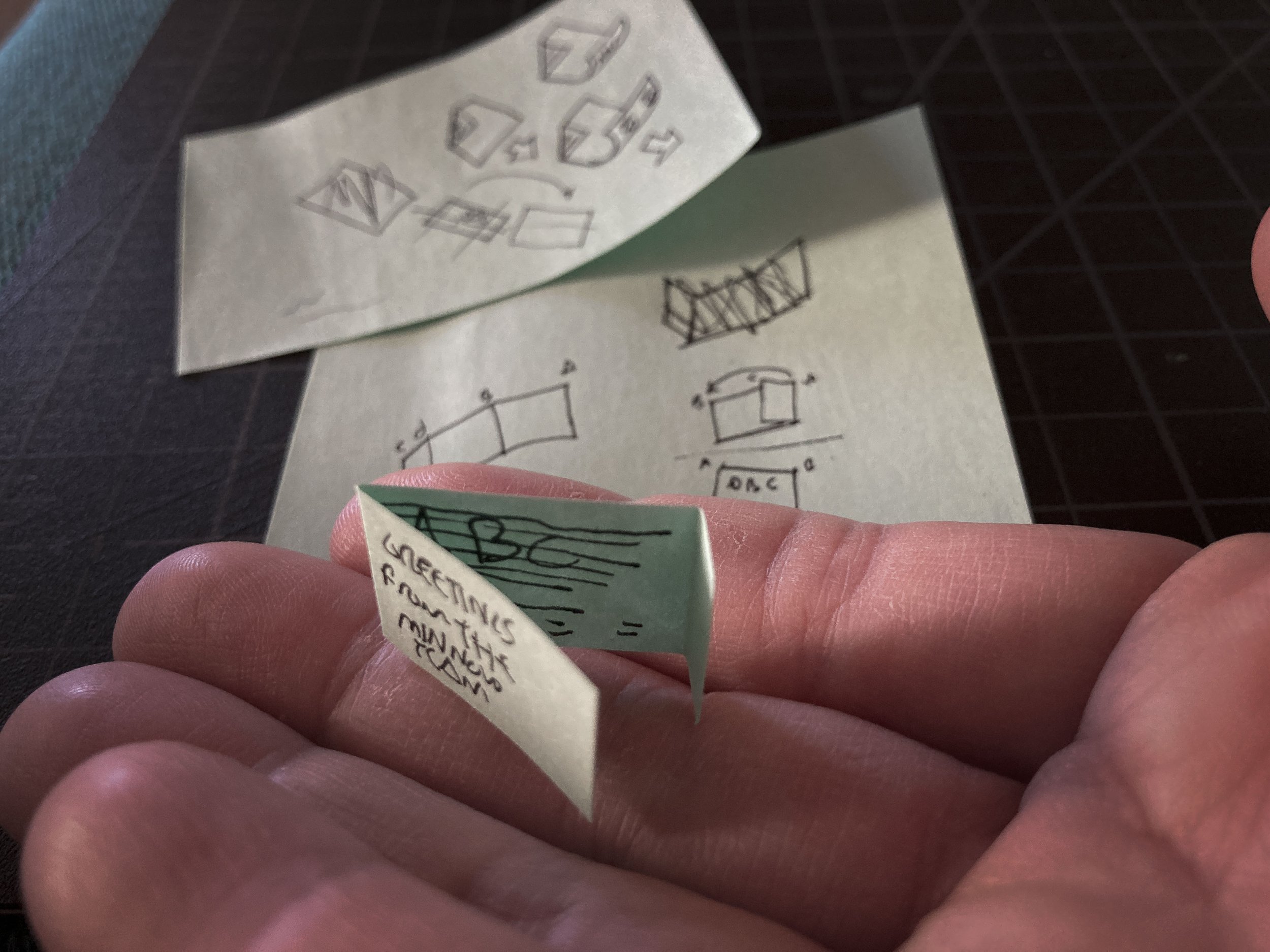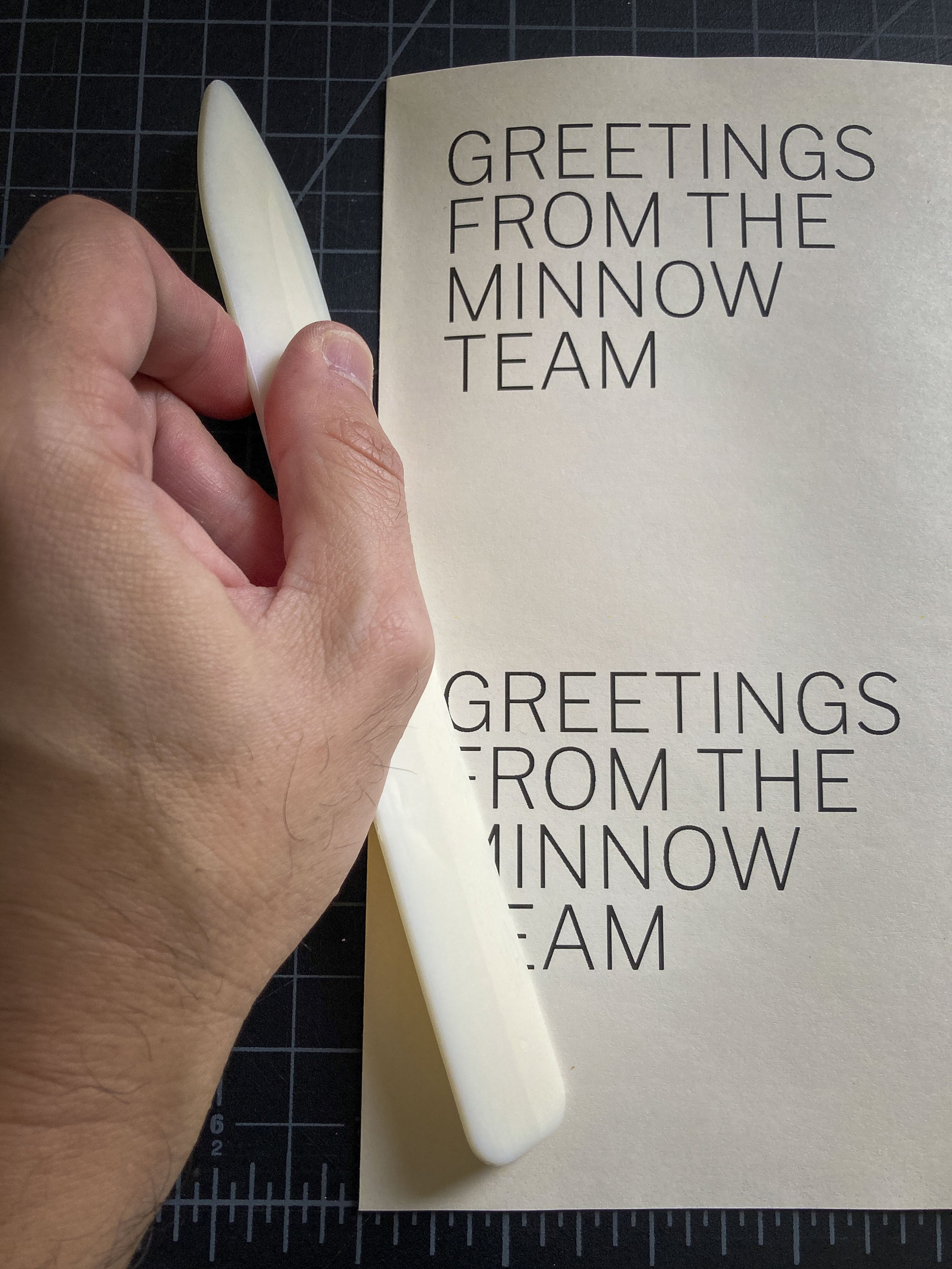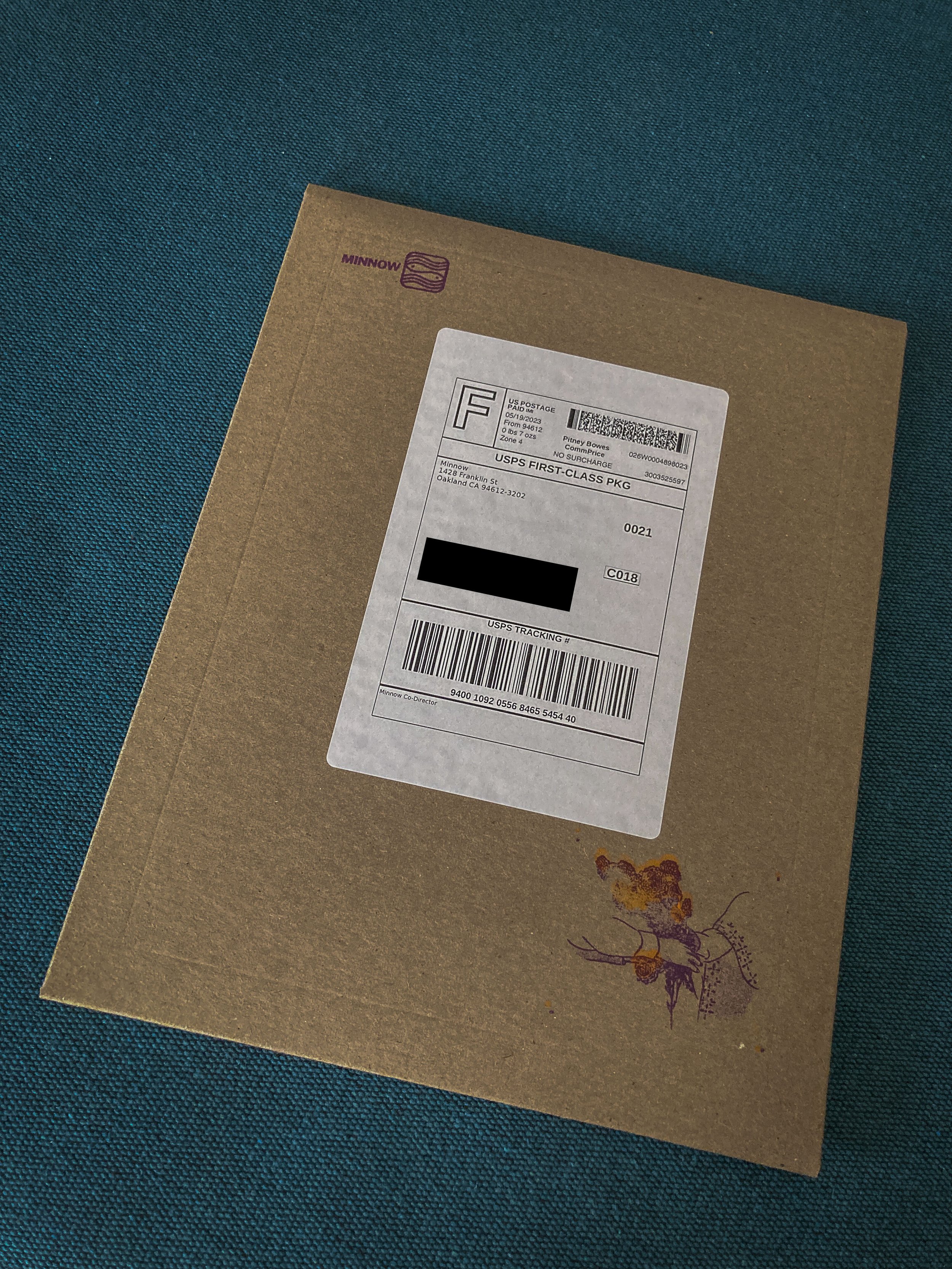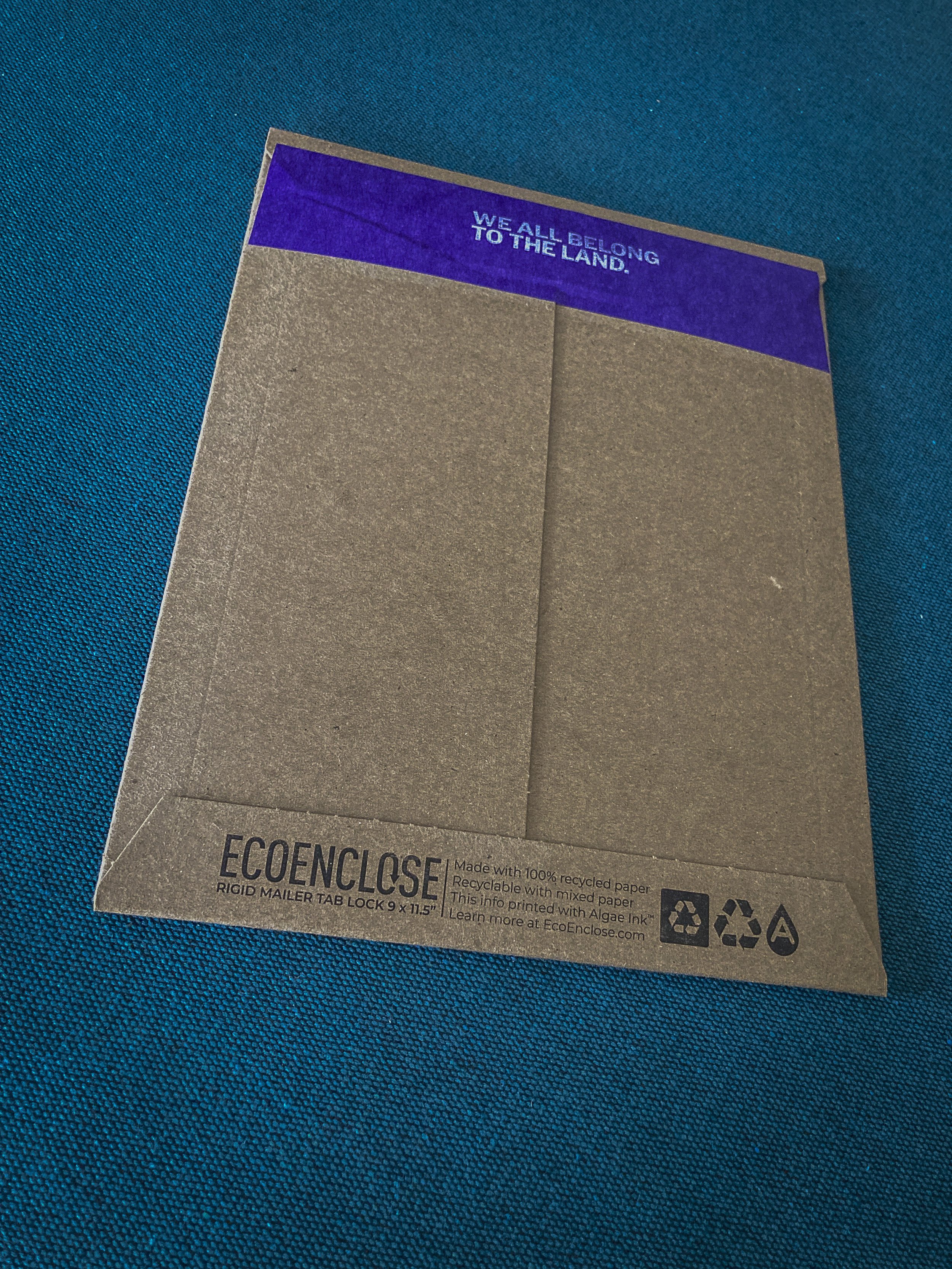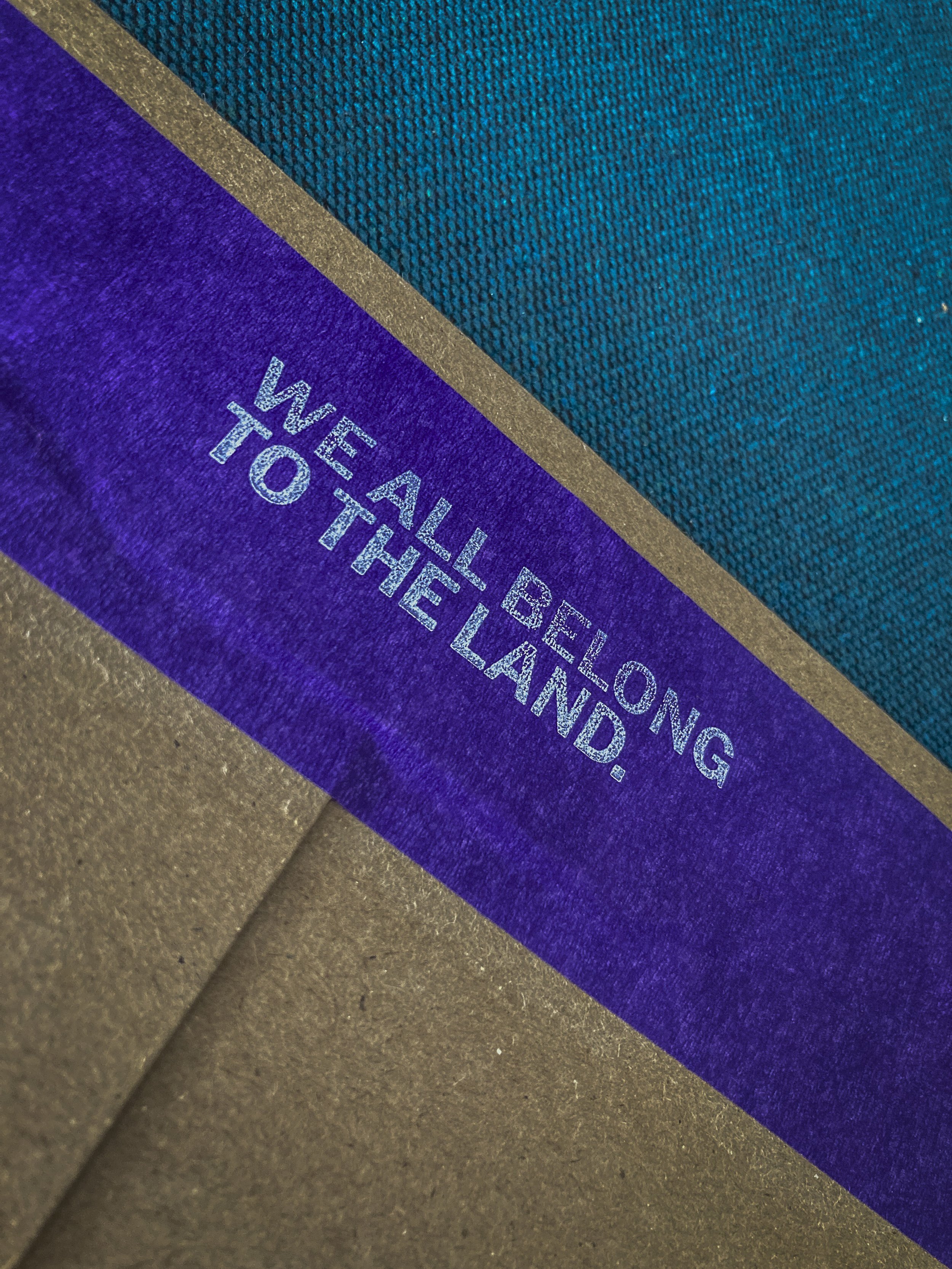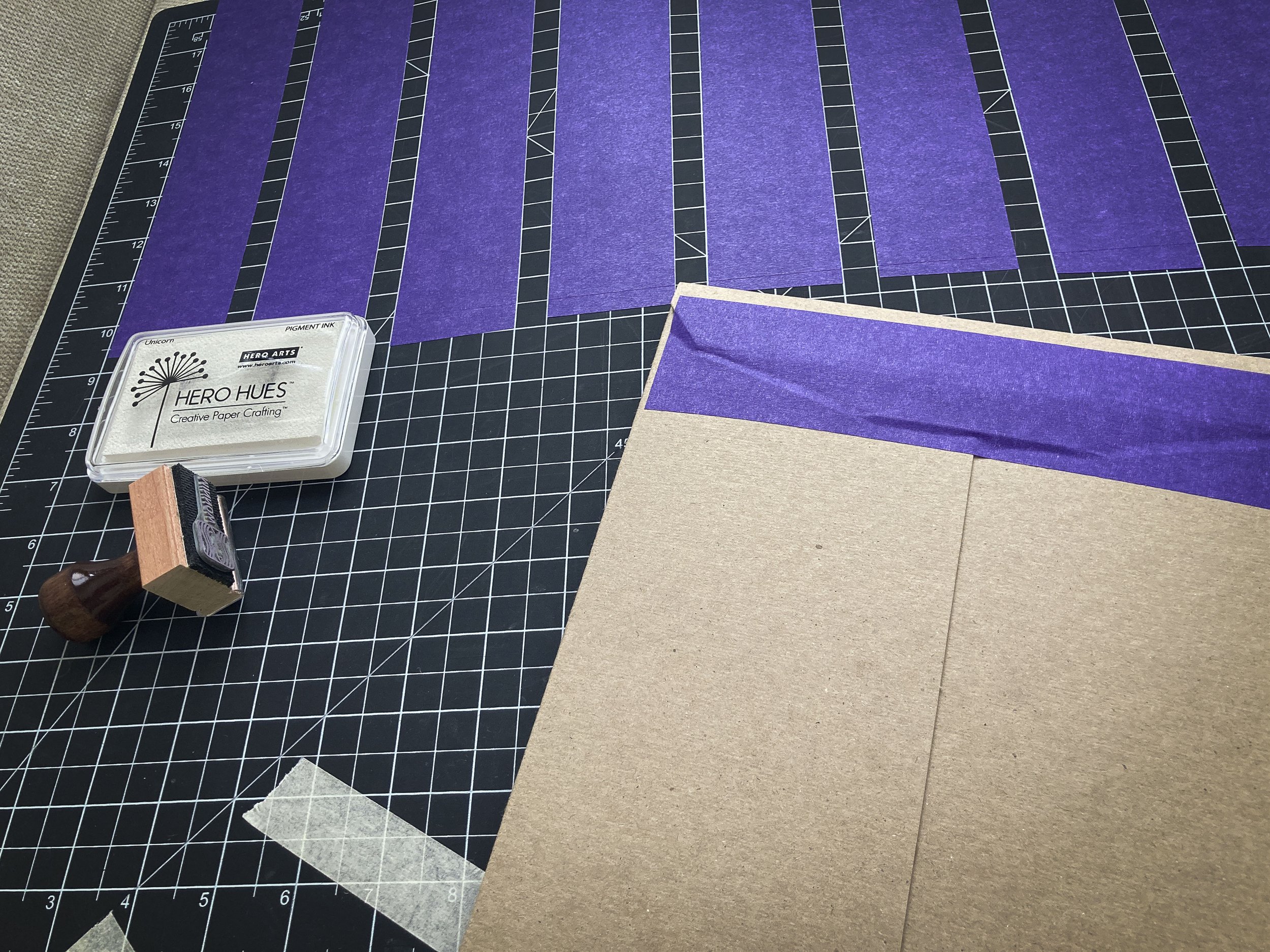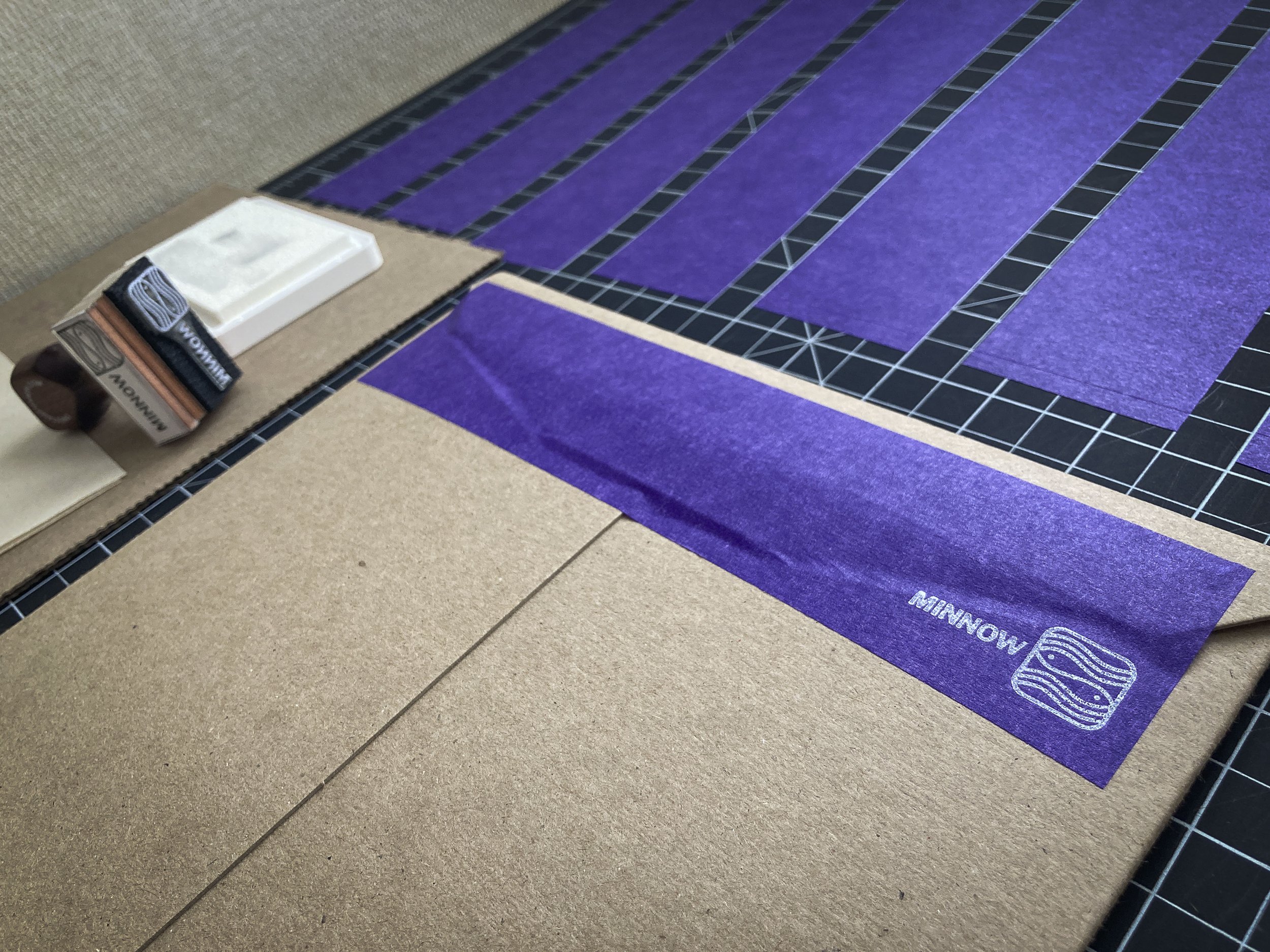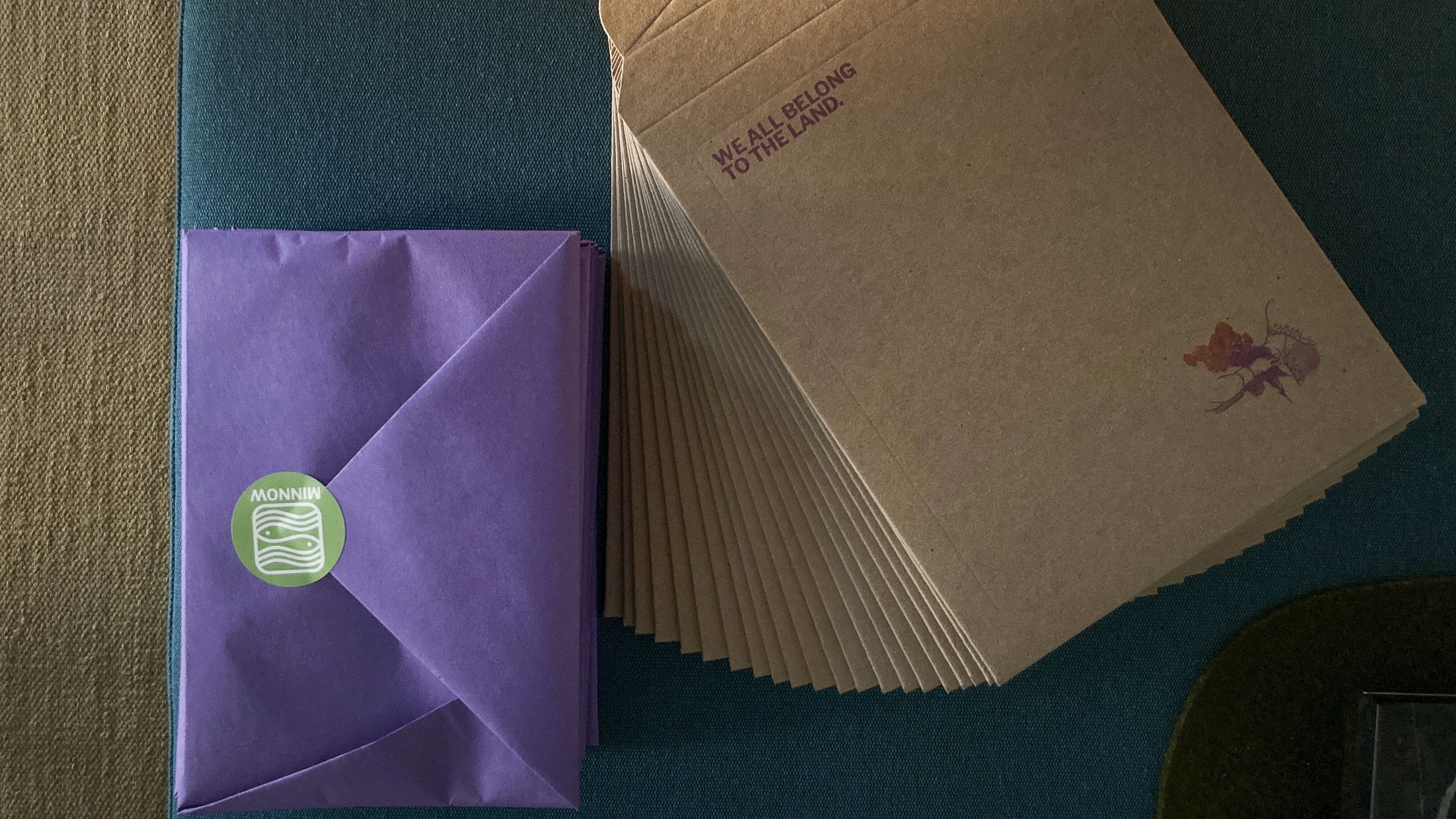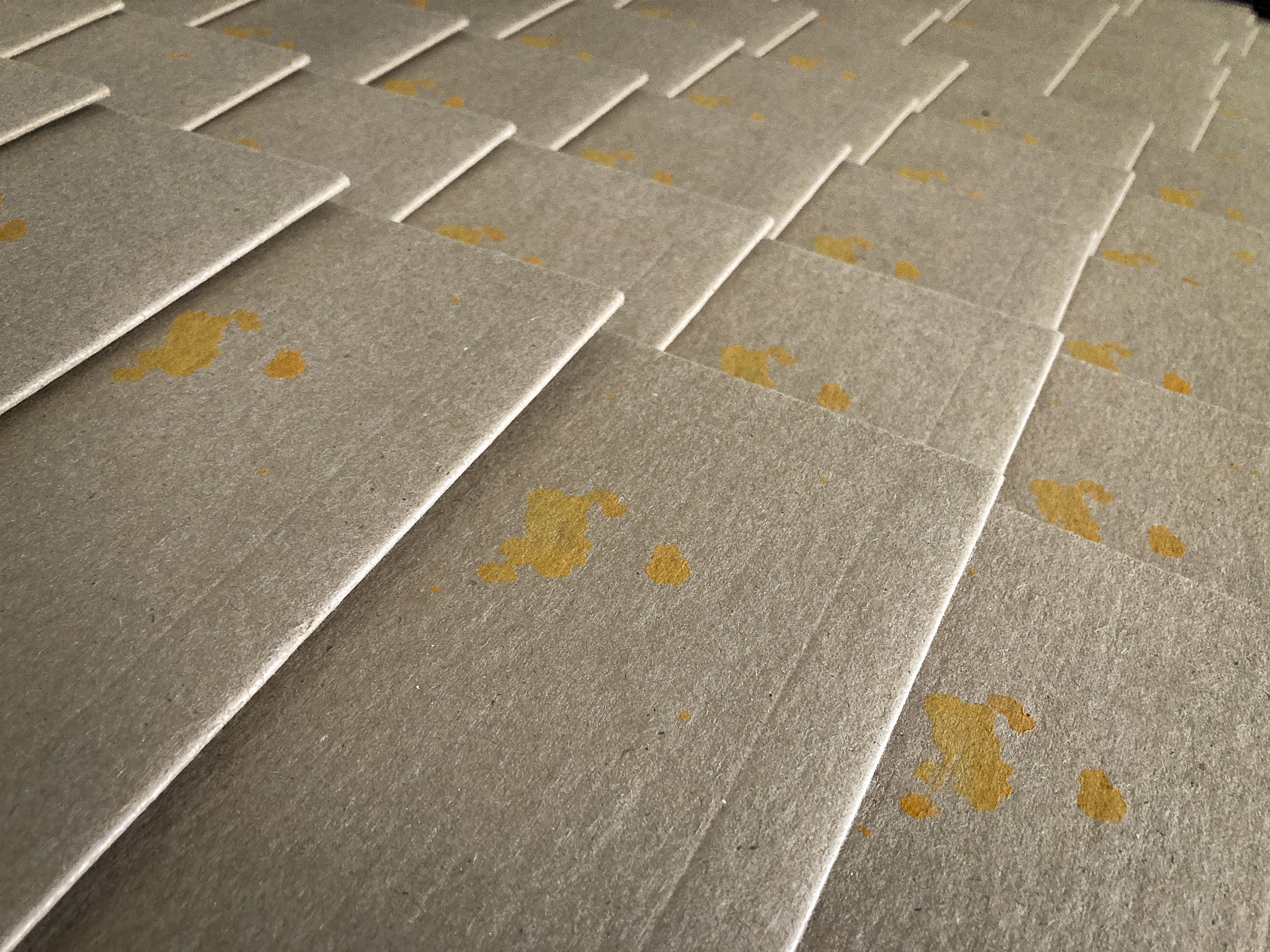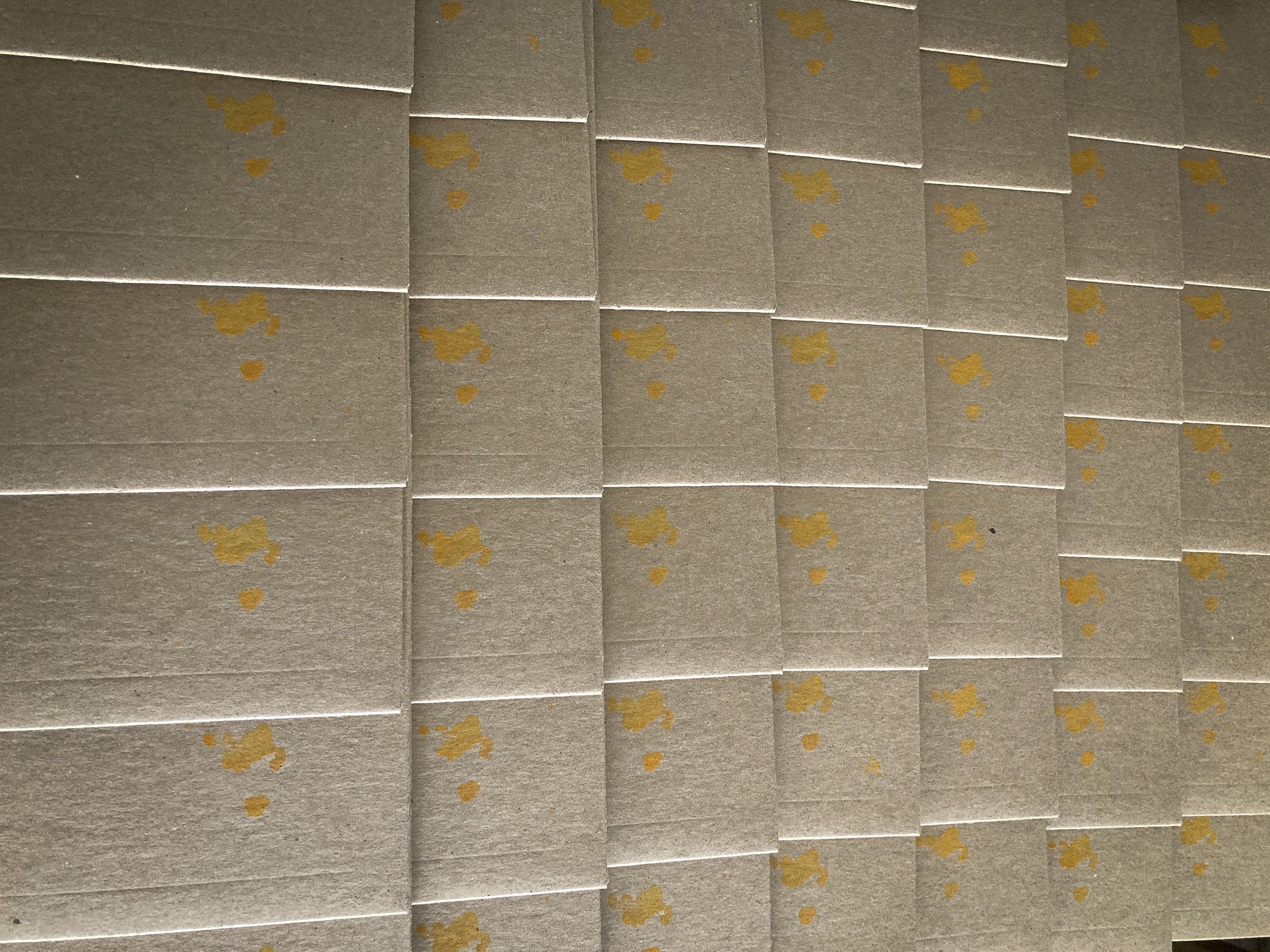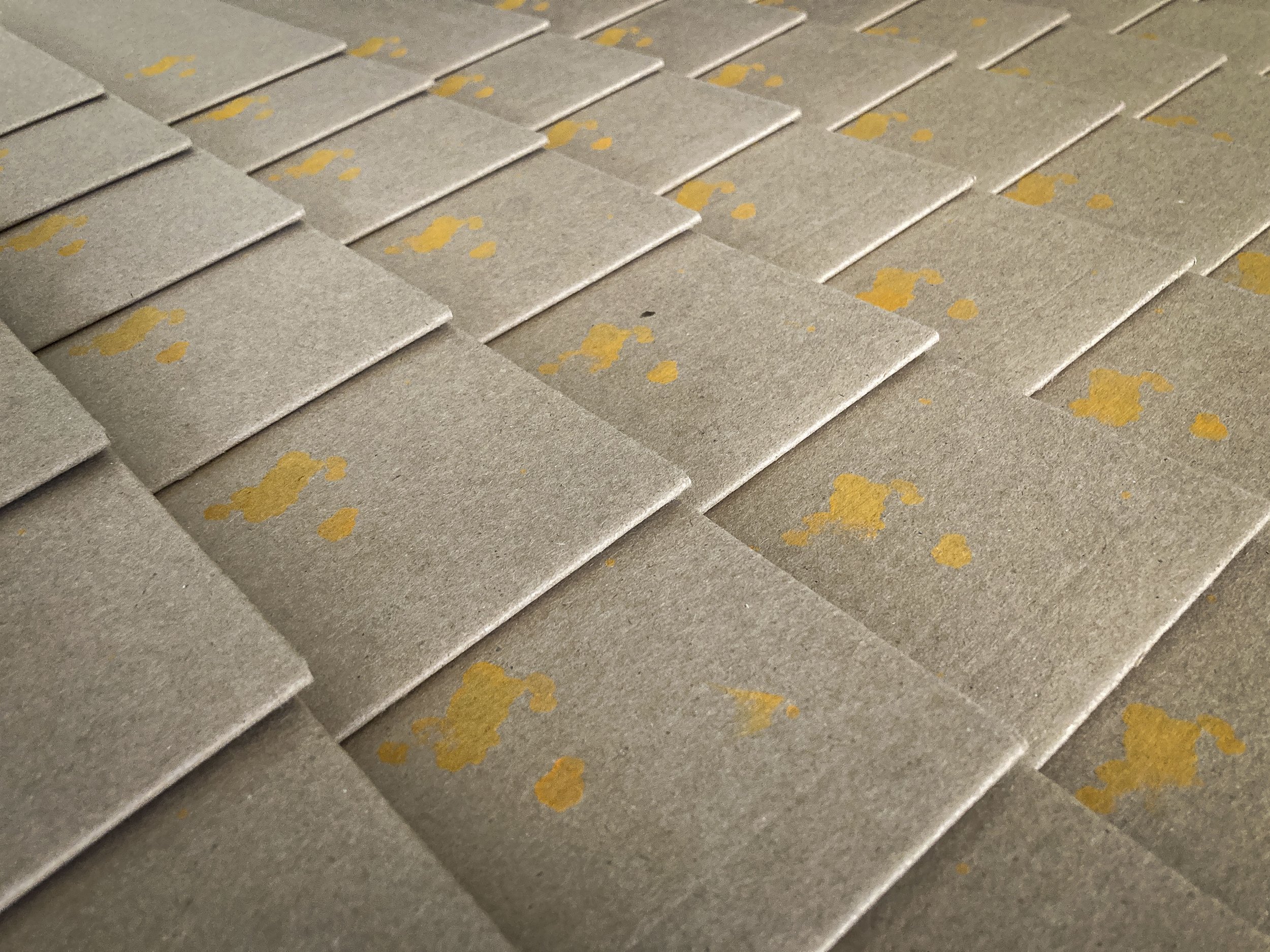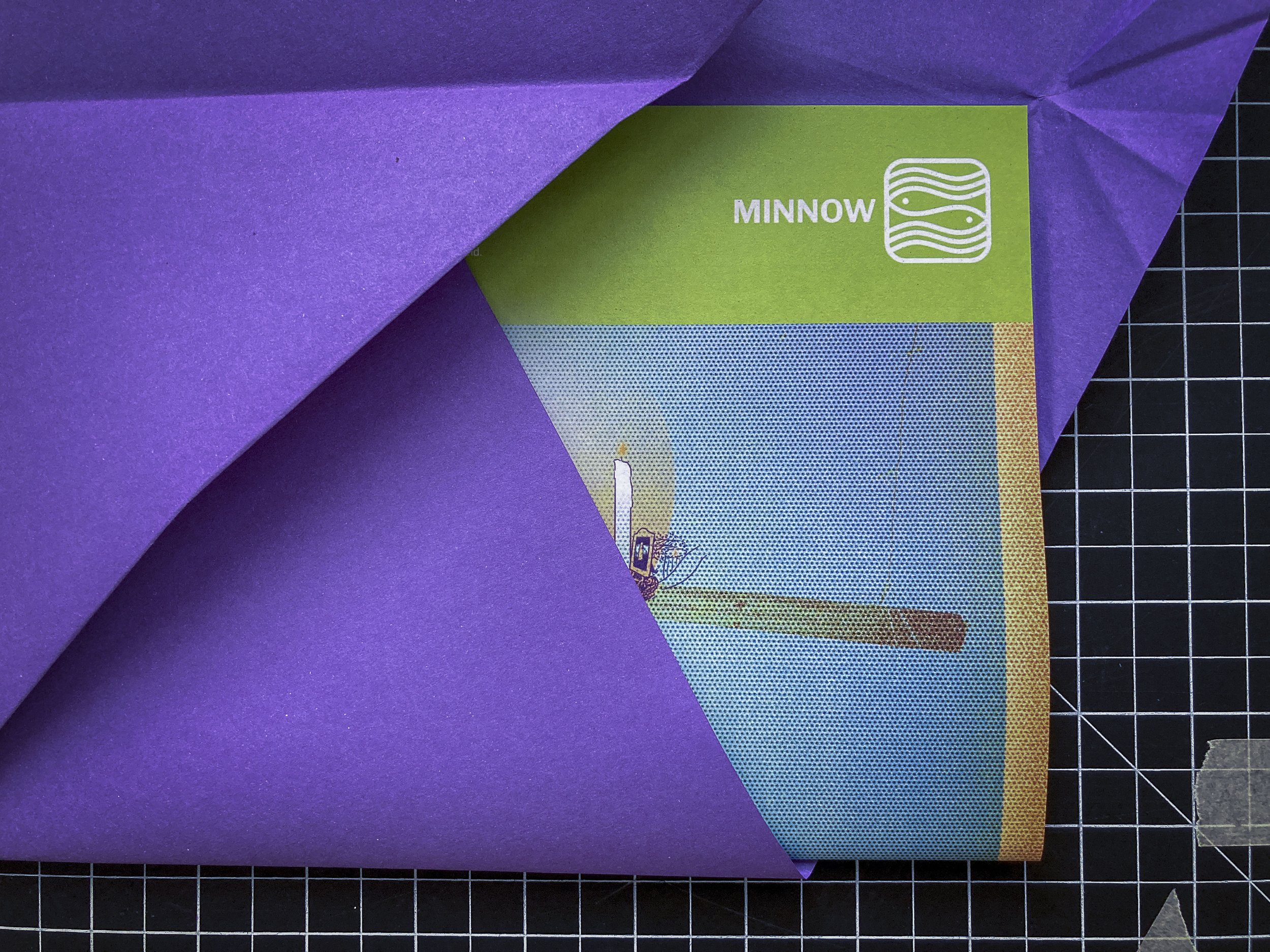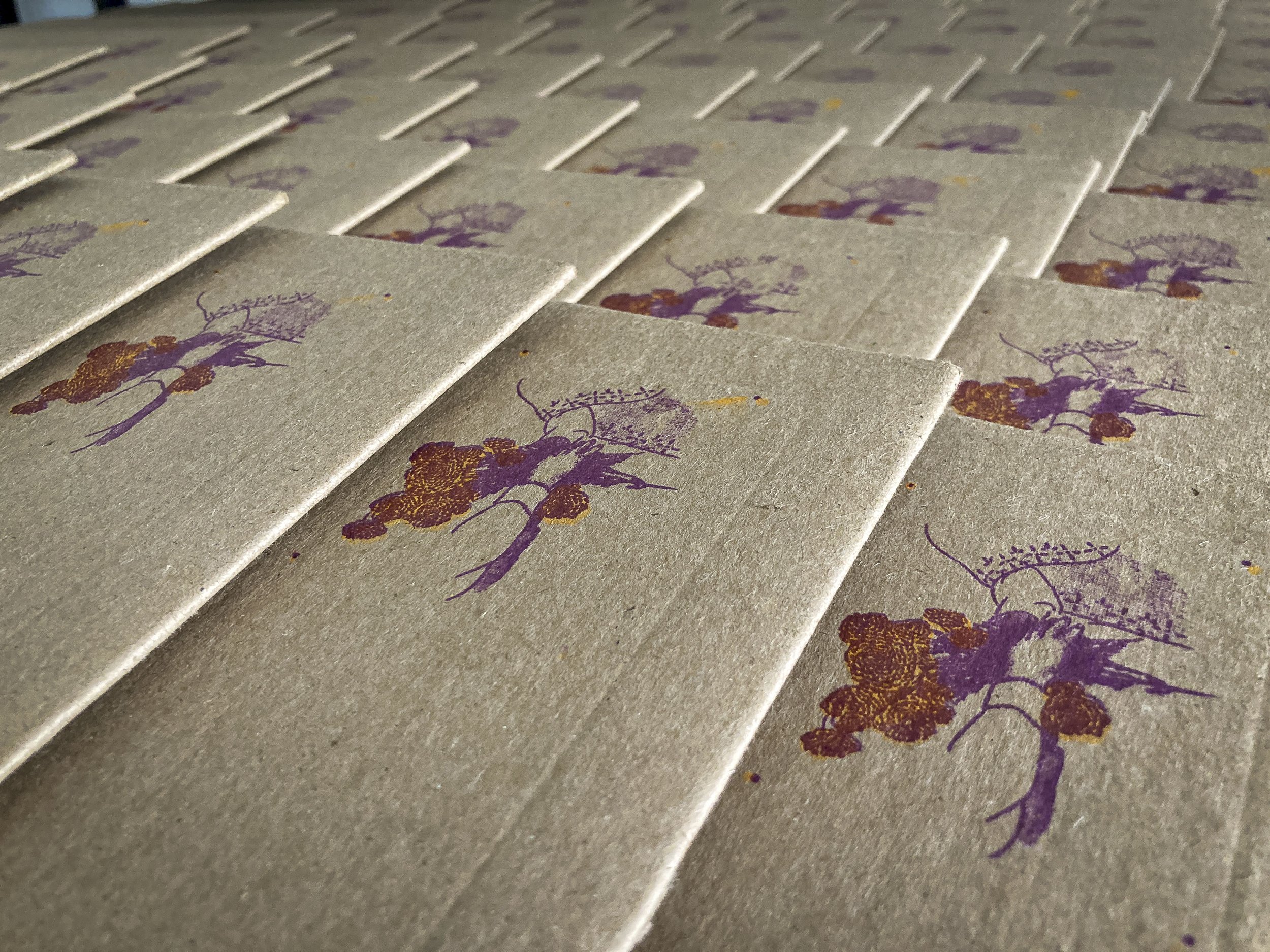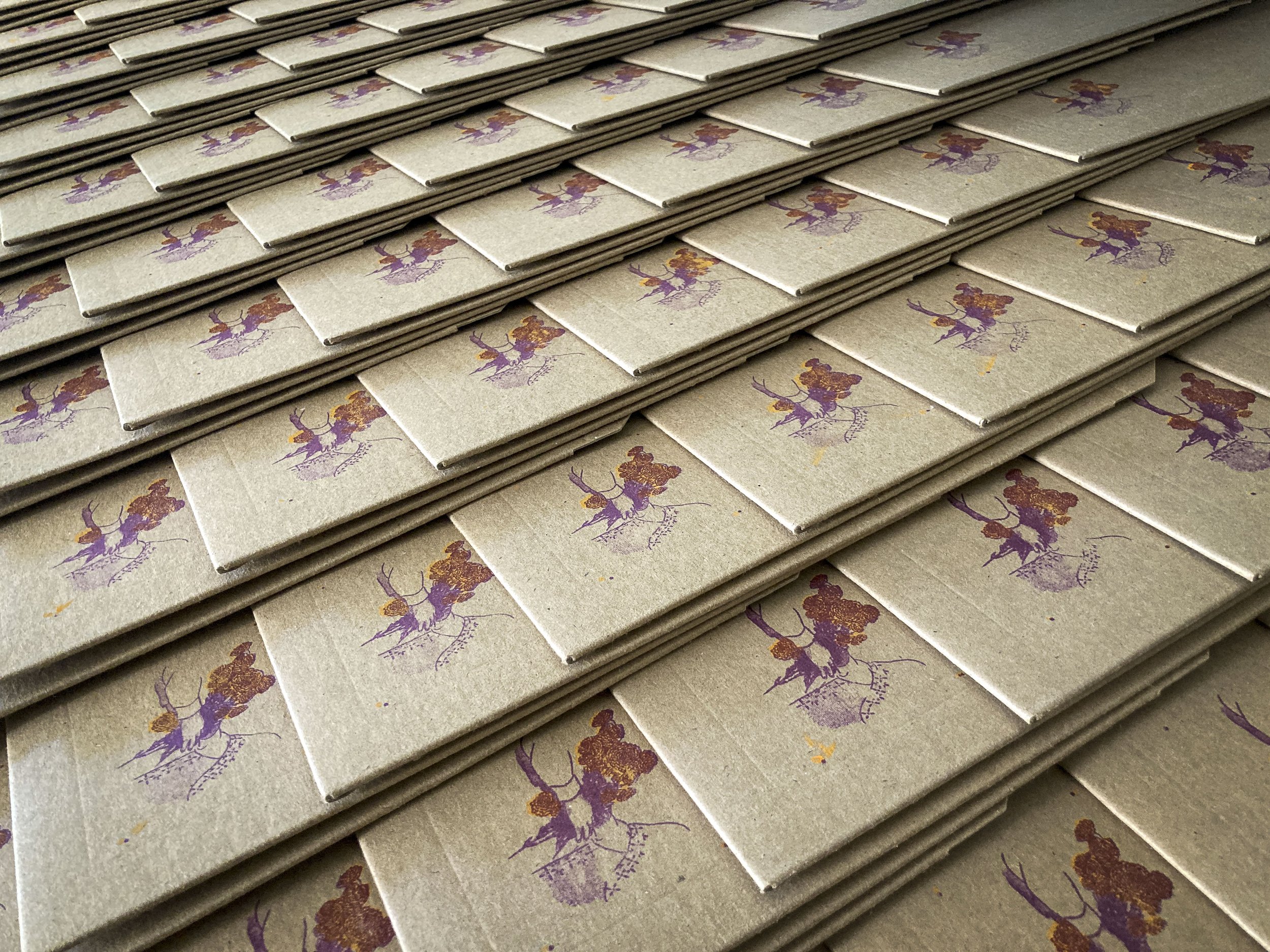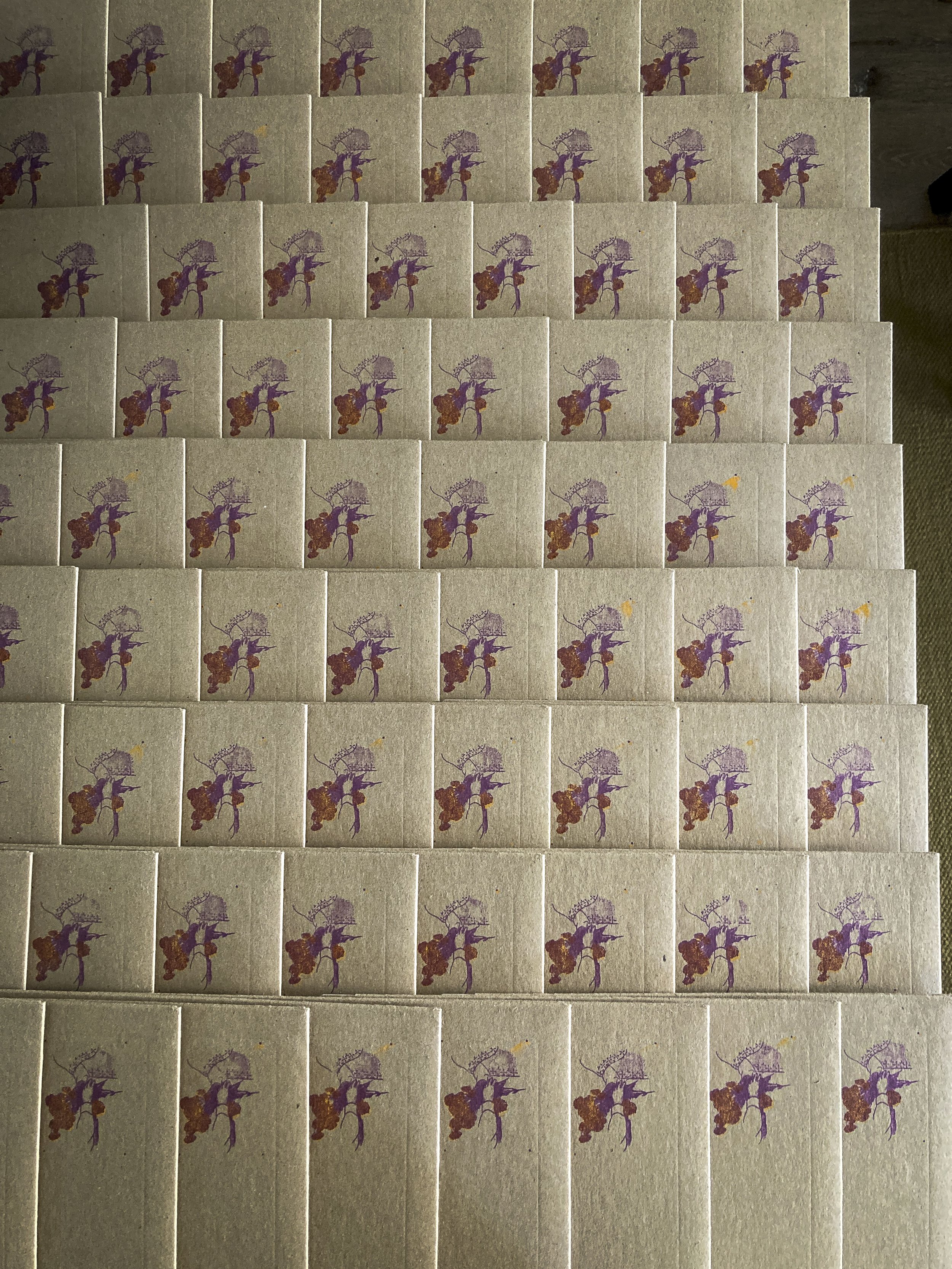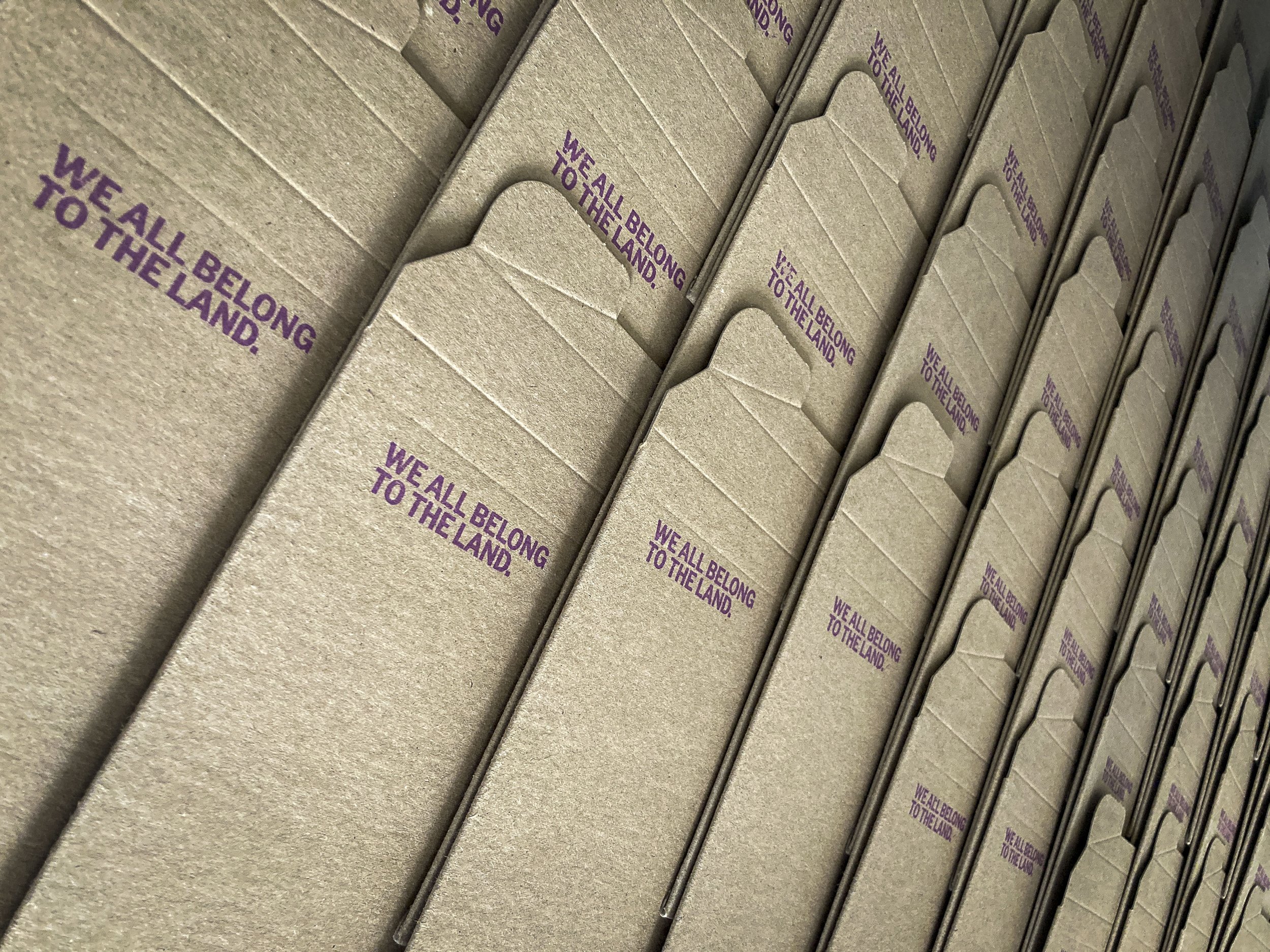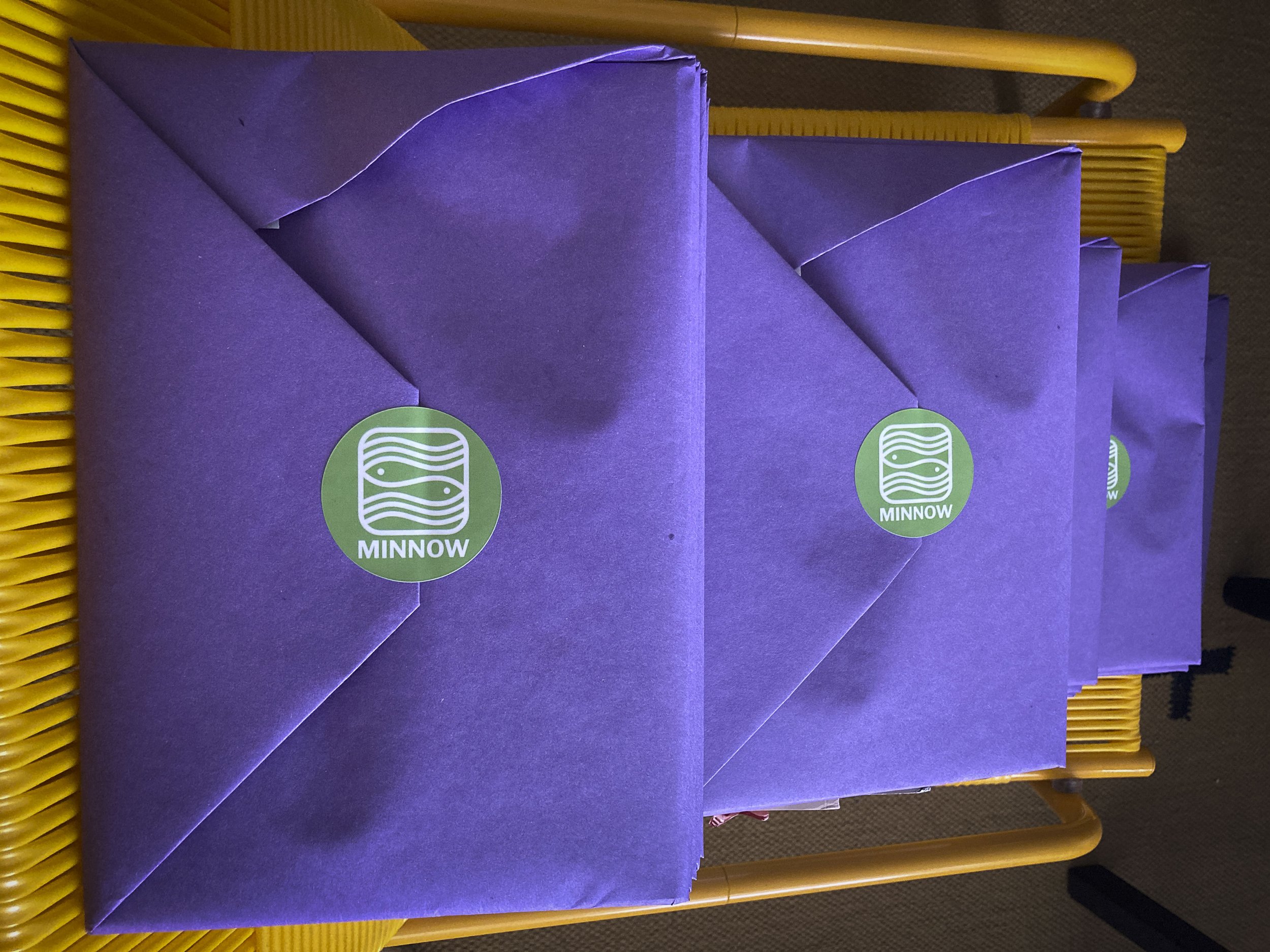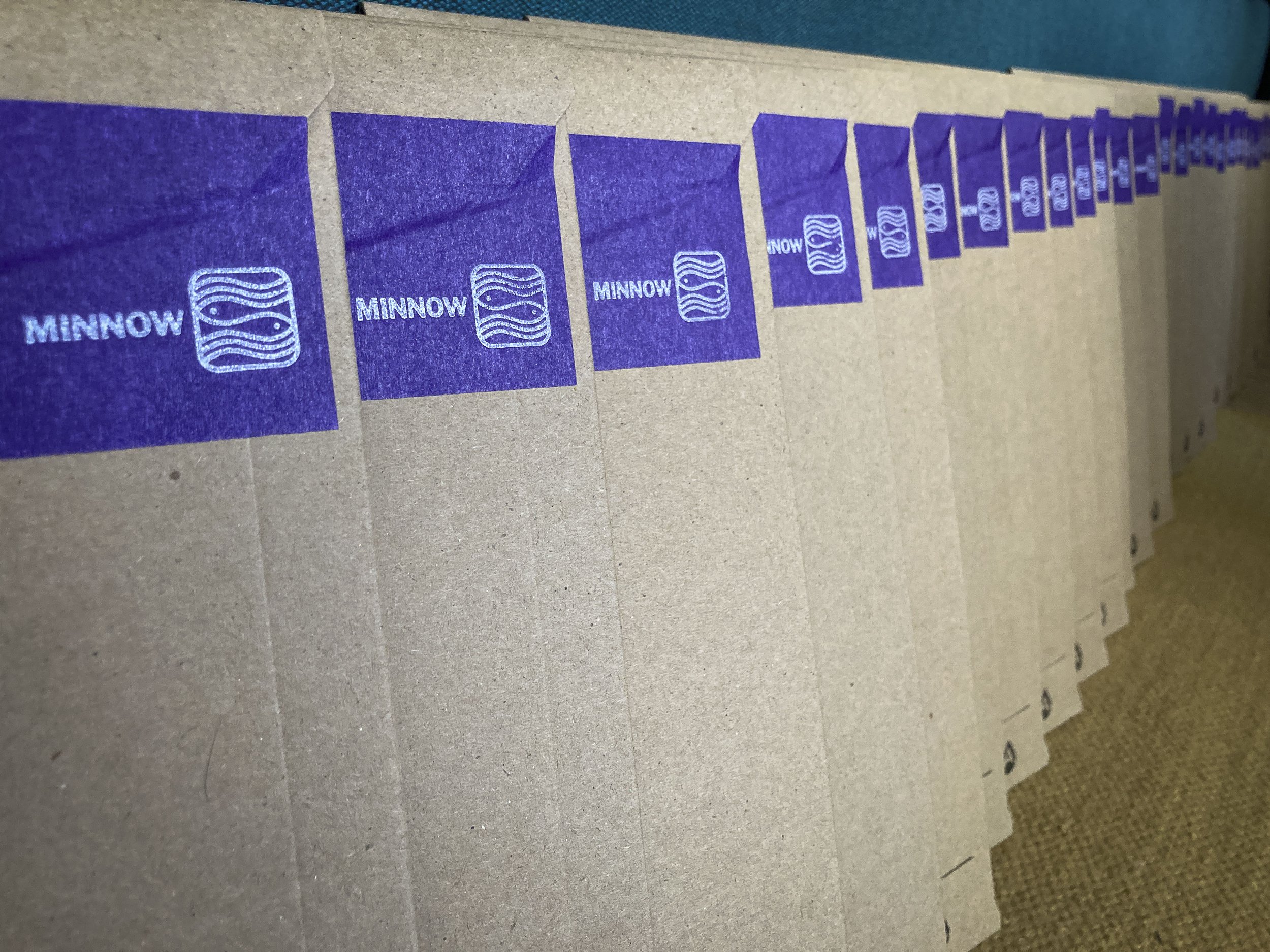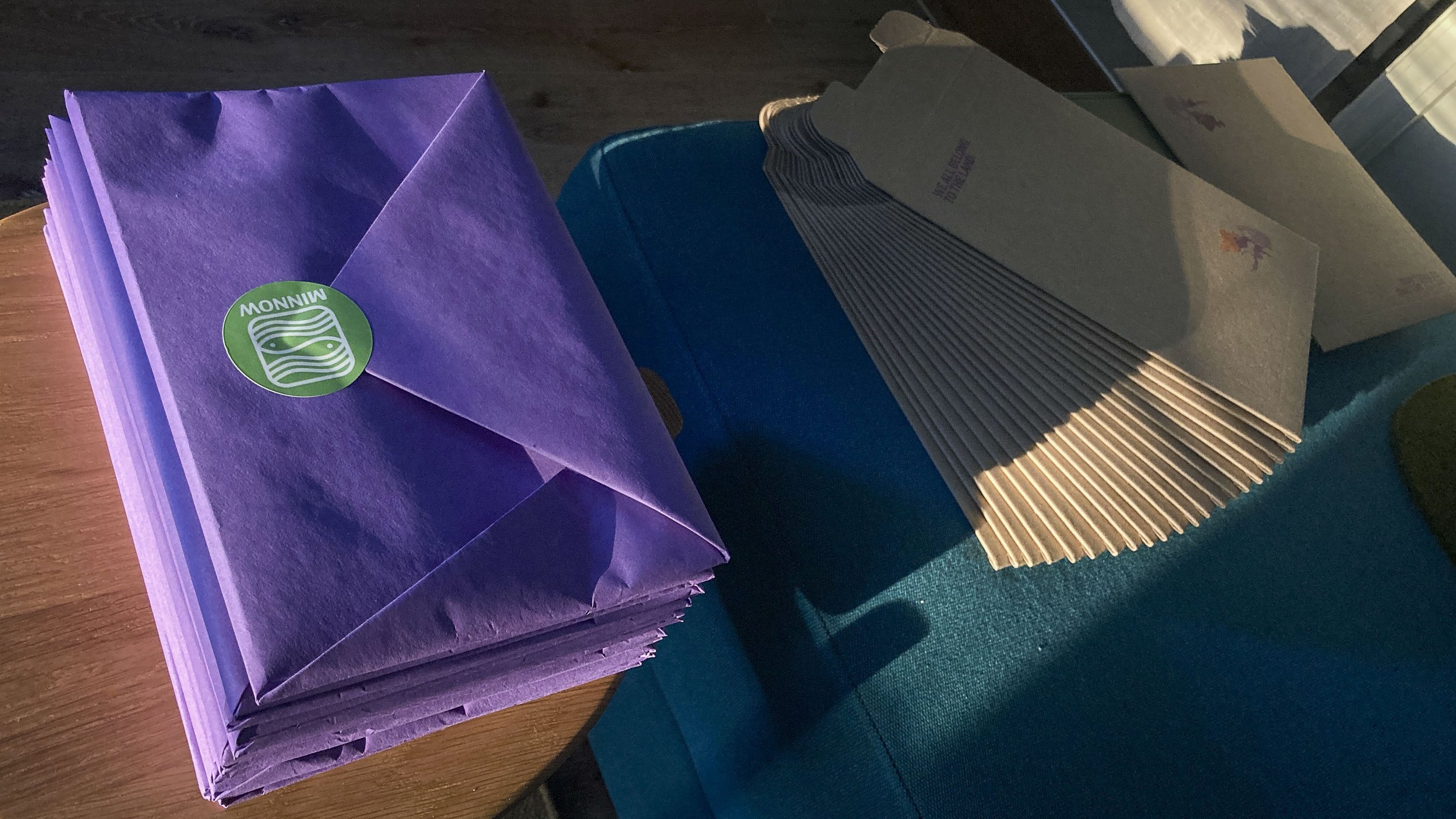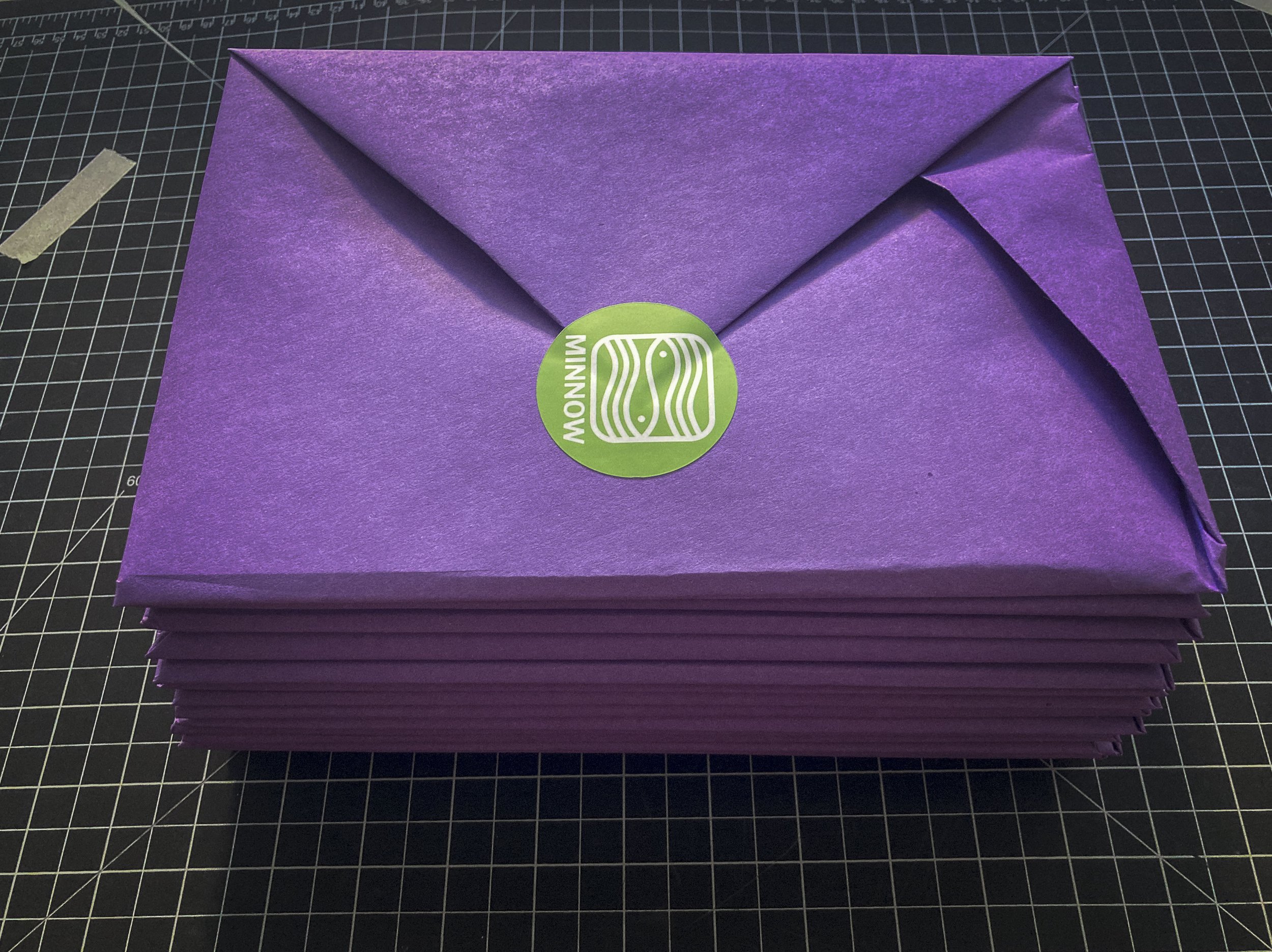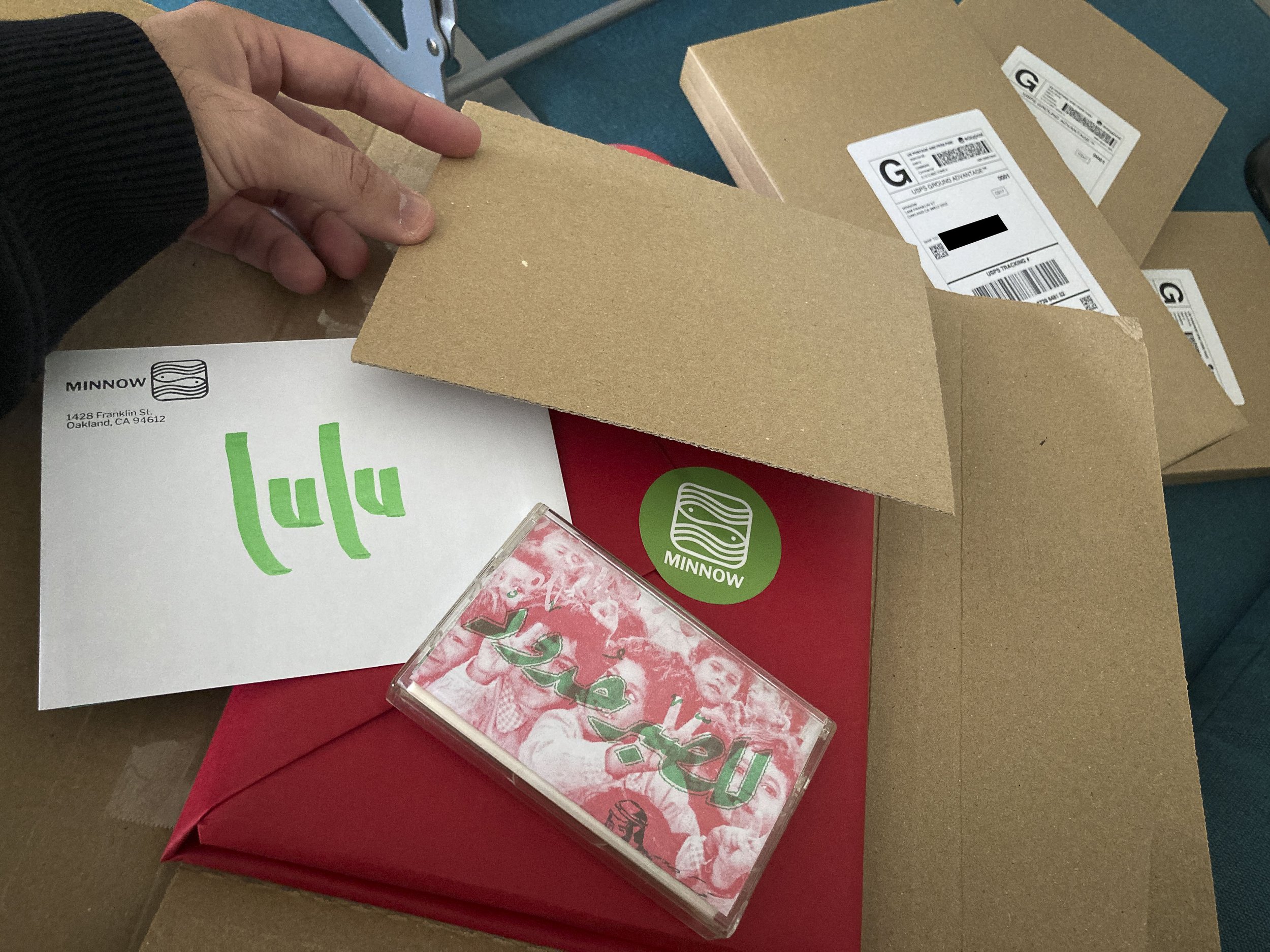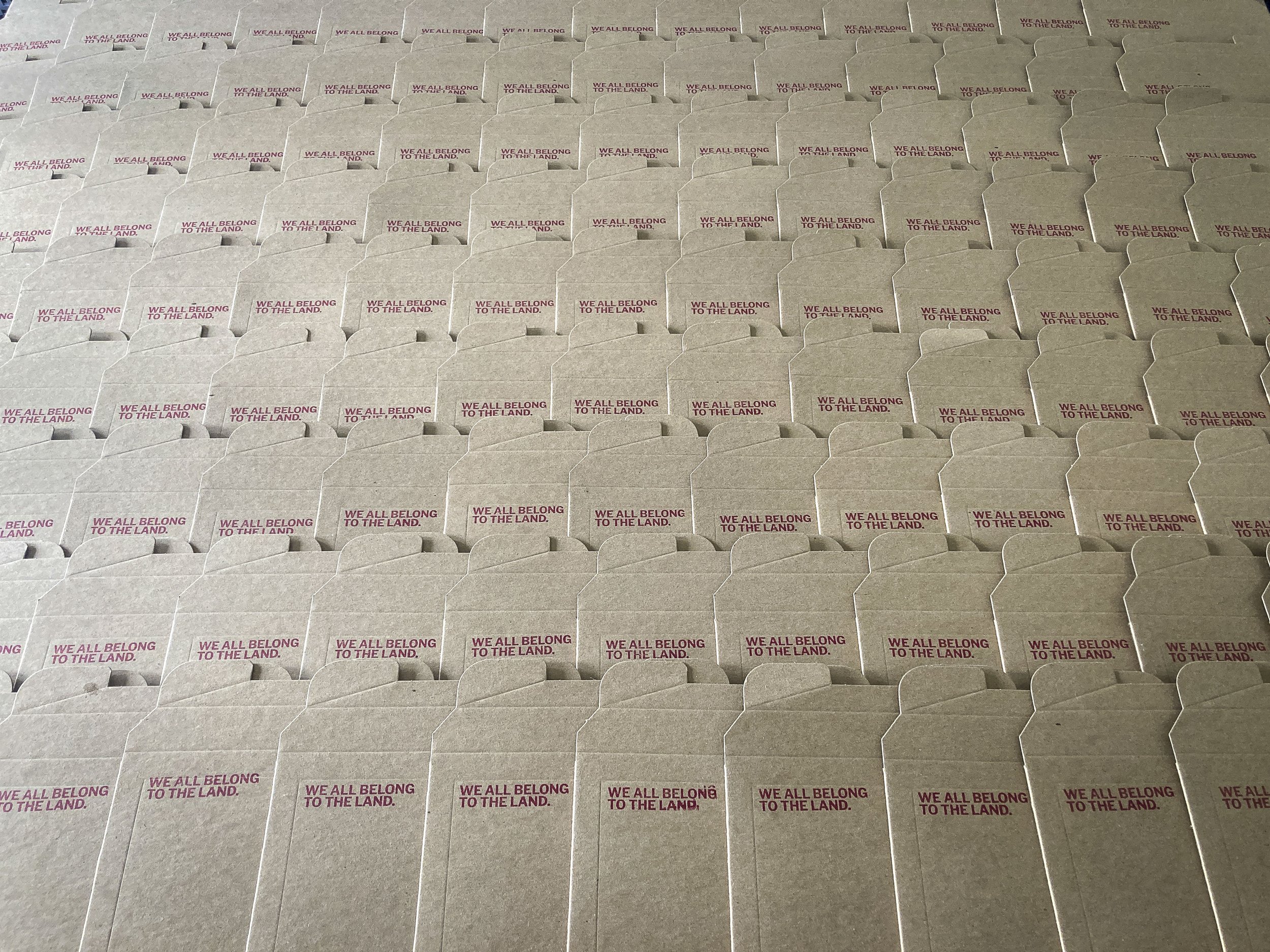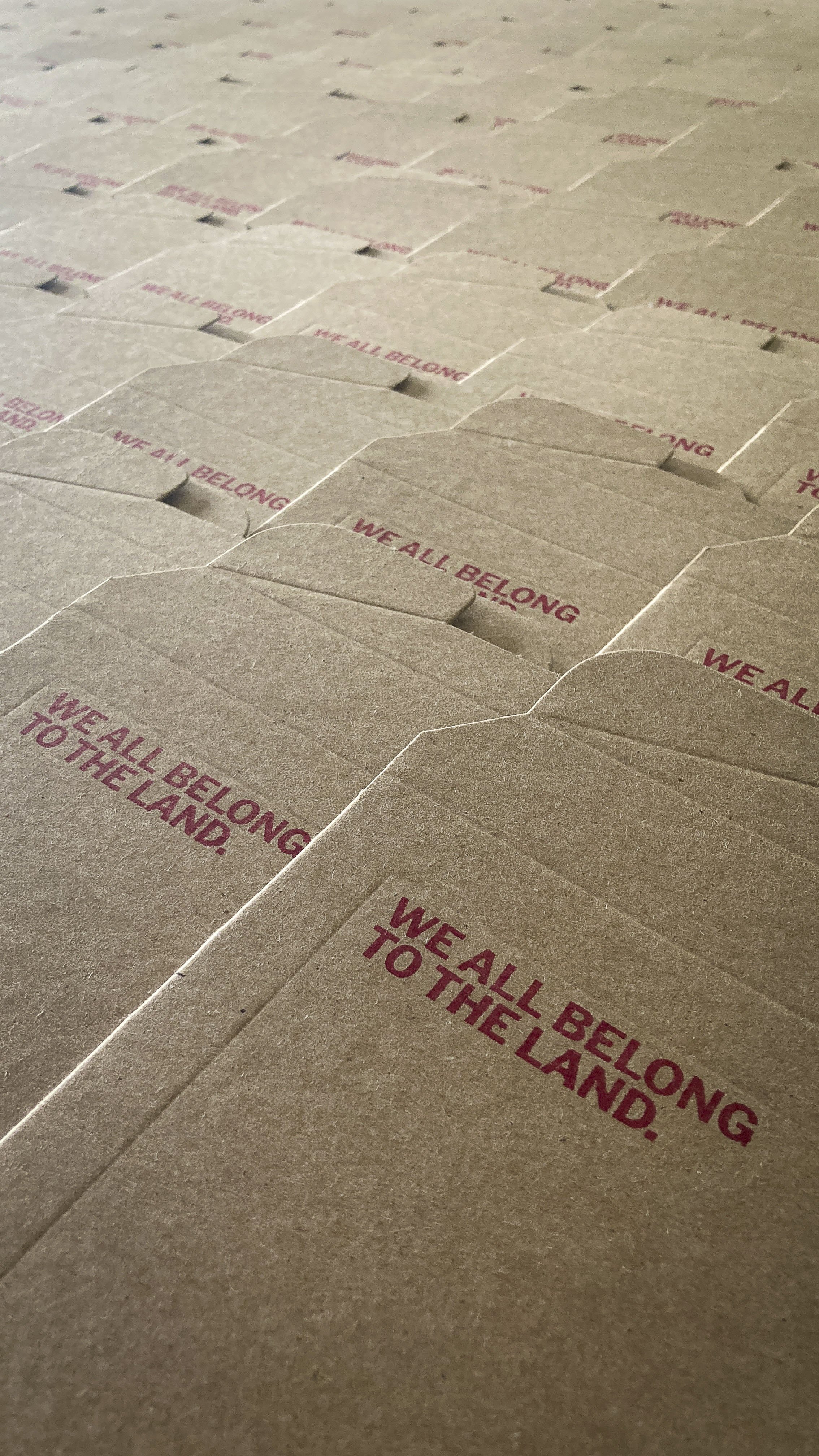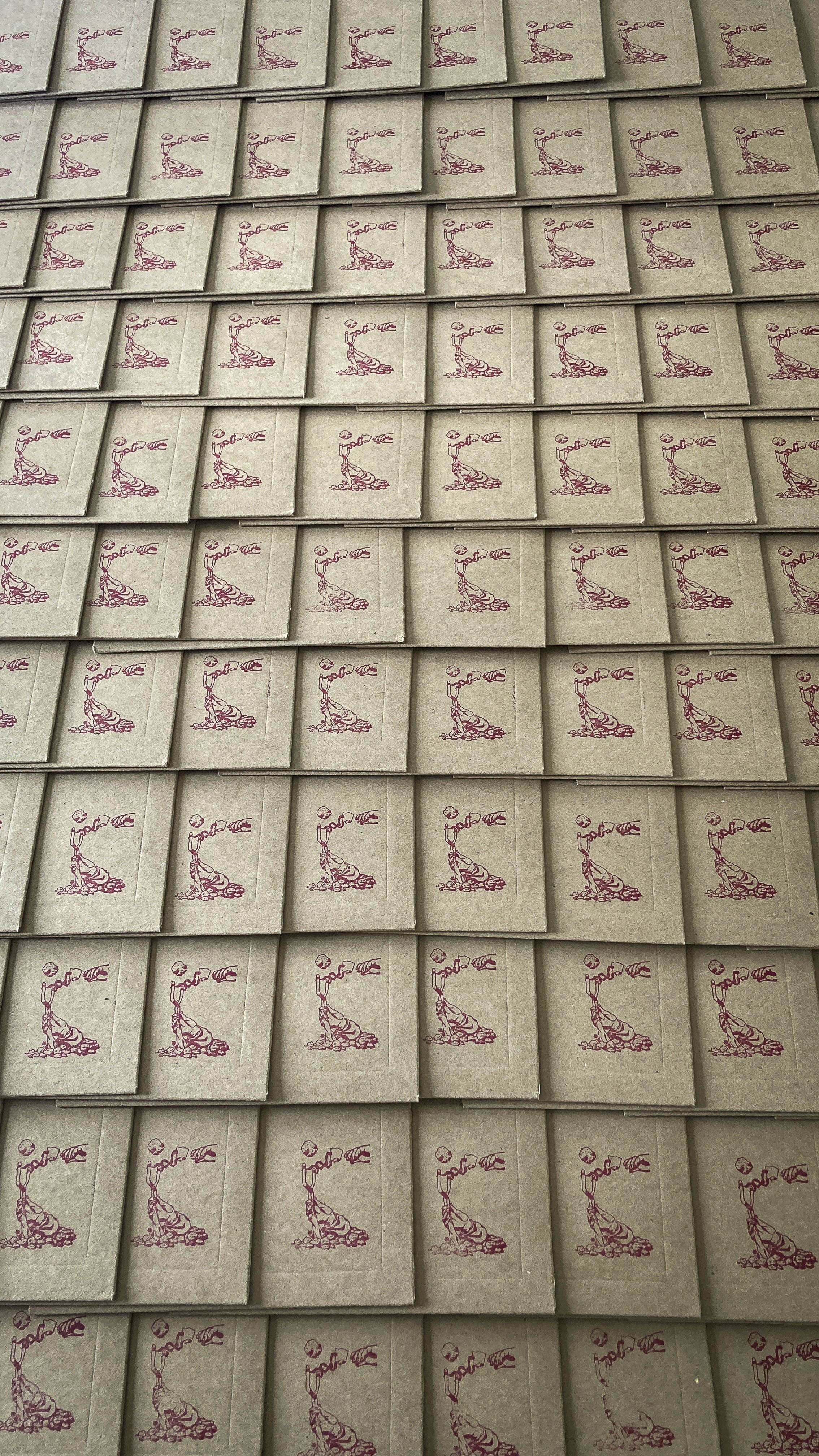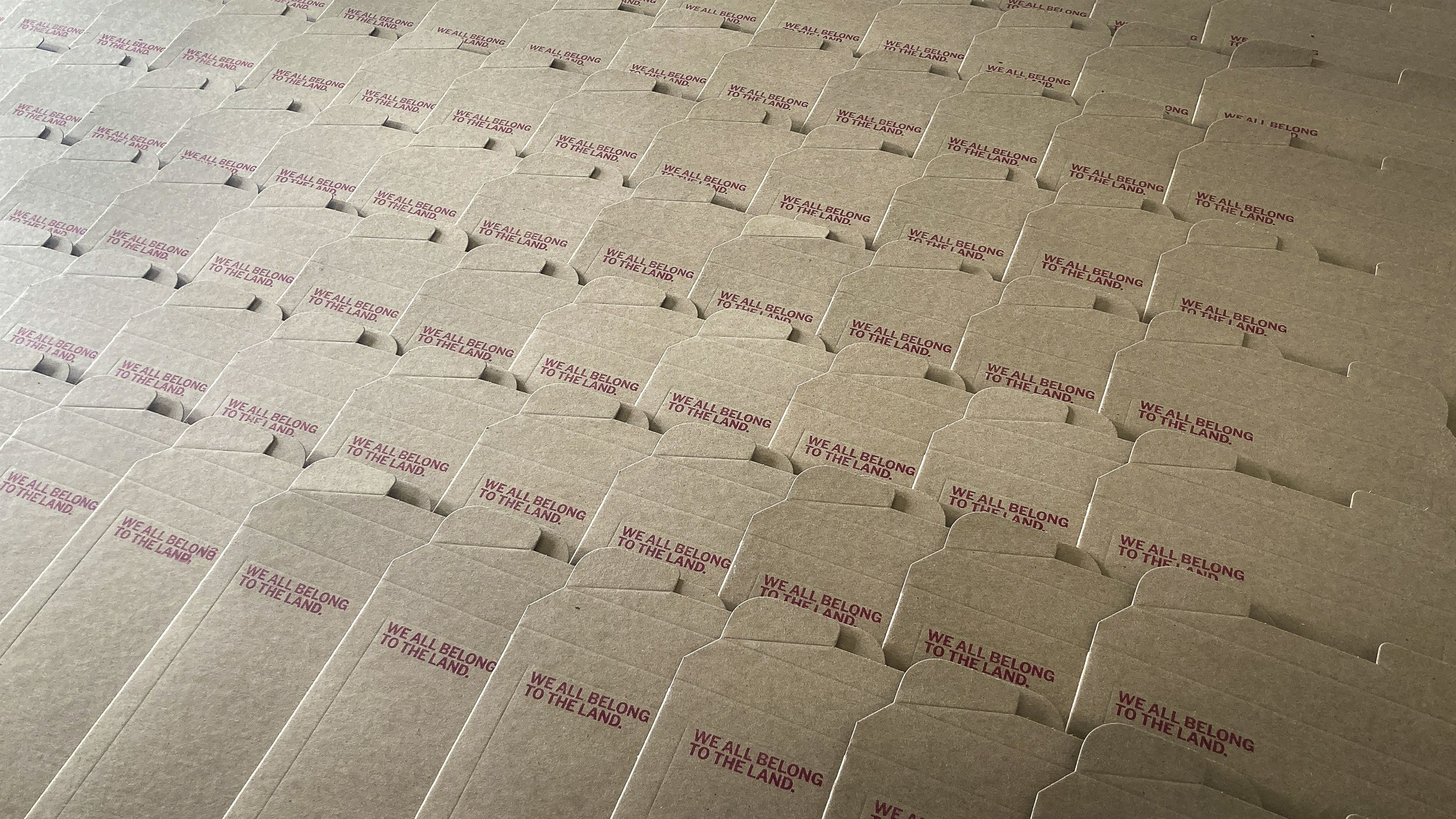Prelude and Outline for a Slow Comms Manifesto
The thinking behind Minnow’s strategic communications
A prelude
In girum imus nocte et consumimur igni–we go round and round in the night and are consumed by the fire–wrote the poet Virgil. In 1978, Guy Debord turned this palindrome into a film, his last critique of consumer society and capitalist alienation. Little has changed since. The unsettling angst of the phrase still captures the churning and turning in the night for the discontent. It’s only the flame that’s different nowadays.
We toss and wind around luminous screens, handheld like torches, or hearth-like in our homes, nannies to our babies behind vehicle seats–our existence, interconnections, and sense of belonging have become co-opted, mediated, dictated by the liquid crystal displays of these devices. Philosopher Byung-Chul Han describes our tics with them as rosary-like praying with machines that tie us to a greater sense of self, others, and the world. It is, of course, not just the devices by themselves.
The luminous and acoustic flux they deliver draws us to them as if we were bugs flying toward the light. Like societal spells, our rhythm, pacing, and attention span have become intertwined by that flame. Now, we are expected to be not only consumers but also producers whose data is exploited for profit without compensation. Exposure and likes are at the mercy of algorithms we have no control over, “I used to enjoy your posts, but now they don’t show up for me.”
Content trends come and go as fast as the platforms they populate our screens with–Cory Doctorow calls the process enshittification. They start out giving us what we want for free but ruin themselves and our feeds the moment they are pressed for monetization. “Video is where it’s at” was yesterday’s mantra, and who knows what tomorrow’s mantra will be. We are tired of it. Our lives, struggles, and work should not be subject to invisible tolls, gatekeepers, or algorithmic whims.
Our alienation is being exploited. What desktops hard-wired to the internet used to connect between our alienating spatial infrastructure–suburbs and cities with little or no public spaces–wireless and handheld technology now tether out into the open. Physically, the extent of their spell is held by battery-stored power and fake plastic trees with repetition antennas mingling among real ones–an electromagnetic matrix potentiated by rare earth minerals taken from distant lands by weary hands. It’s a long way from church bells and chronometers of seafaring imperialists, but who keeps the time now anyway?
To many, the pandemic and its lockdowns brought liberation from the workplace. This came with the shackles of screenified meetings, a gesture-changing remote-work reality complete with Zoom-waves, as assessed by Faith Hill. Even if it’s blacked out with only our names, being ever-present for the screen brought a new fatigue to an already exhausting reality. We love screen breaks for a reason.
But for all these downsides, the reckoning that followed the summer of 2020 would not have happened without the viralization of George Floyd’s murder that our screenified reality enabled. The same goes for the Arab Spring that came before and the current mobilizations in solidarity with a Free Palestine. However, new technologies are consistently implemented with little or no idea of their effects on human societies. Improvements or phase-outs are only brought about after the fact by mounting death tolls. On social media, the jury is still out.
We acknowledge the potential of this luminous screen interconnectivity, yet we pause and consider its contradictions, profiteers, and underlying material reality. Along with constant reflection, we propose a different approach, a slower way of communicating that may, ironically, accelerate our interconnectedness.
An outline for a manifesto
Analogous to Slow Food, Slow Communications entails an alternative outlook on how we communicate and create meaning outside the whims of algorithms. Slow Comms places itself and its practitioners outside the time-is-money logic of capitalistism. It undermines the dictums of productivity and strives to liberate time from all exploitative logic.
Slow Comms is outside the daily grind of press rooms and doesn’t submit to their editorial mandates. It sees journalists as co-conspirators in unraveling our truths. It rejects tabloids and corporate media with their draining turnarounds and ad-driven deadlines. It prioritizes doing things well and justly over expediency. It’s about living first and communicating as a function of liberation.
Slow Comms is late when it has to be, stays silent when it has nothing to say, and cedes space and attention to others when more pressing messages need to be communicated. It strives to disarm, change, and replace prevailing narratives and their harms. It strives to give voice to the unheard and to shut down the drowning noise of propaganda.
Slow Comms seeks media justice. It recognizes how white supremacy lingers in the way we are expected to tell stories and find our truths. It acknowledges how the written word has been centered and extolled for centuries over oral traditions. It embraces unjustly neglected ancestral traditions and brings them forward to their rightful place.
Slow Comms may be entertaining, but does not seek to entertain. It may be enjoyed anywhere, but prefers you sit down and take time to take it in. It does not like disposable containers or vanishing, ephemeral appearances on feeds. It is not meant to train algorithms, but rather to enrich the ways we see, hear, and share our world, lives, and struggles.
Slow Comms takes its time to think about our stories, how they are told, and by who and for whom they are shared. It rejects parachute journalism and fast news production while prioritizing context and nuance. It embraces individuals as content producers while respecting expertise and community-building through sharing. Only there does it create meaning.
Slow Comms understands language as a living, malleable tool shaped by people, culture, and other languages instead of a rigid, algorithmically predictable, or policed practice of empire-building. It is critical of the cloud and data exploitation and turns towards the tactile and the haptic, returning to print and the richness of the graphic traditions.
Slow Comms knows that images are produced behind the interface of photo editing software as much as they are behind the camera lens. It does not pretend to be objective but embraces subjectivity in purposeful ways–liberation over virality.
Slow Comms doesn’t cancel social media but finds value in different things altogether–not the likes, views, or shares–but in the replies, handwritten notes, and in-person gratitude, comments, and conversations inspired by what is communicated. It does not strive to convert to any cause. It’s itself cause and conversion through praxis. It’s time-liberated.
Slow Comms operates under a different valorisation of time, not as a resource to be commodified, but as a decolonized dimension, a right whose enjoyment is a prerequisite for life–right to time–and one that necessitates the urgent, pressing need for improvement to make life worth living for all.
Slow Comms takes a while. Sit down. Take it slow.



